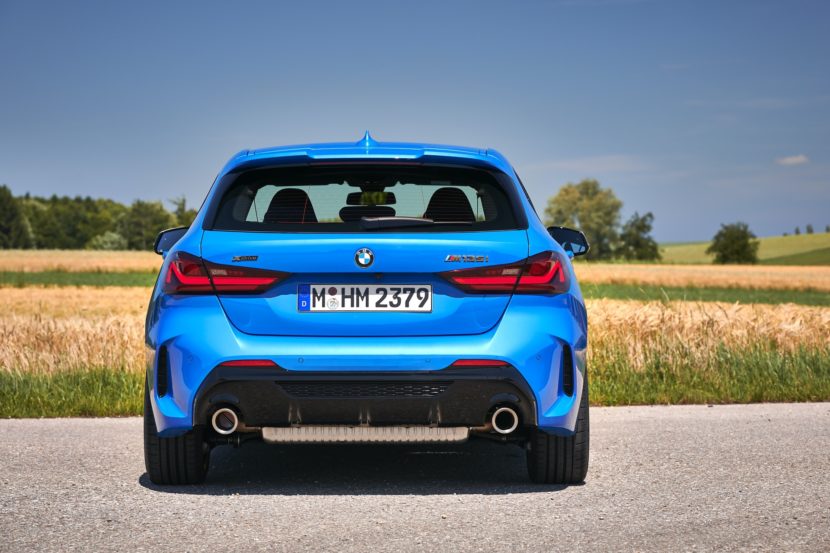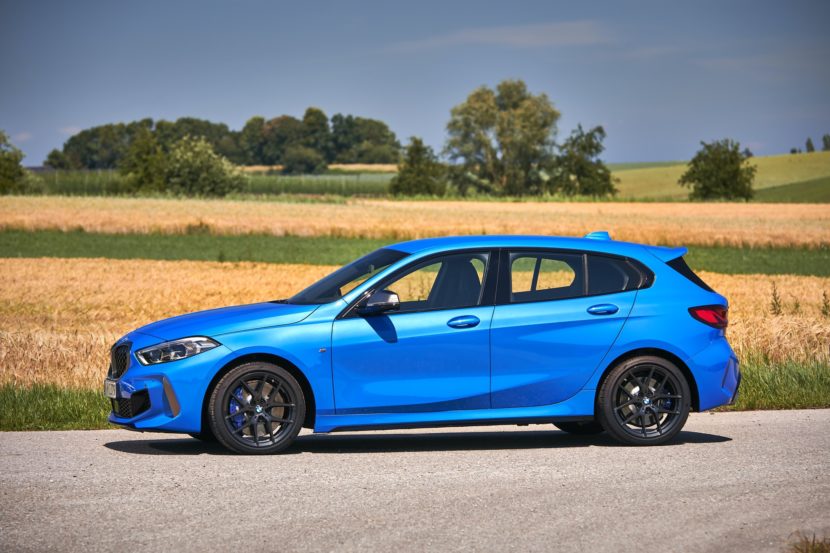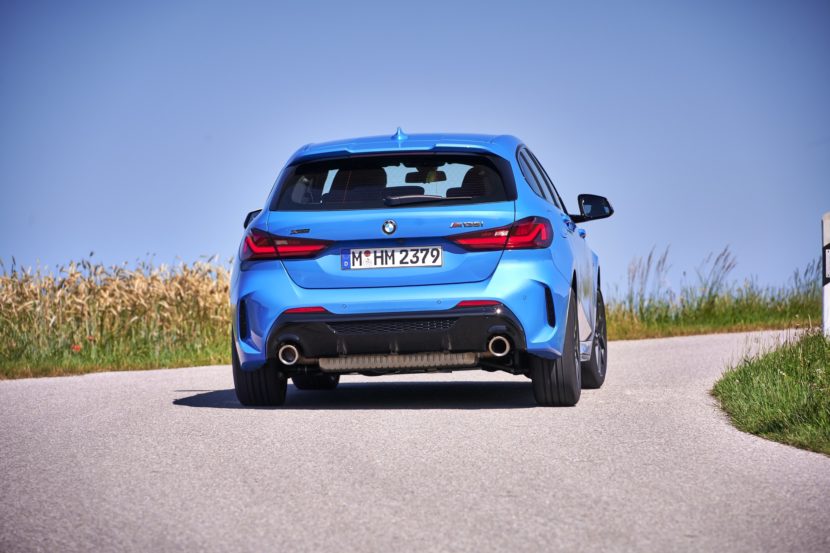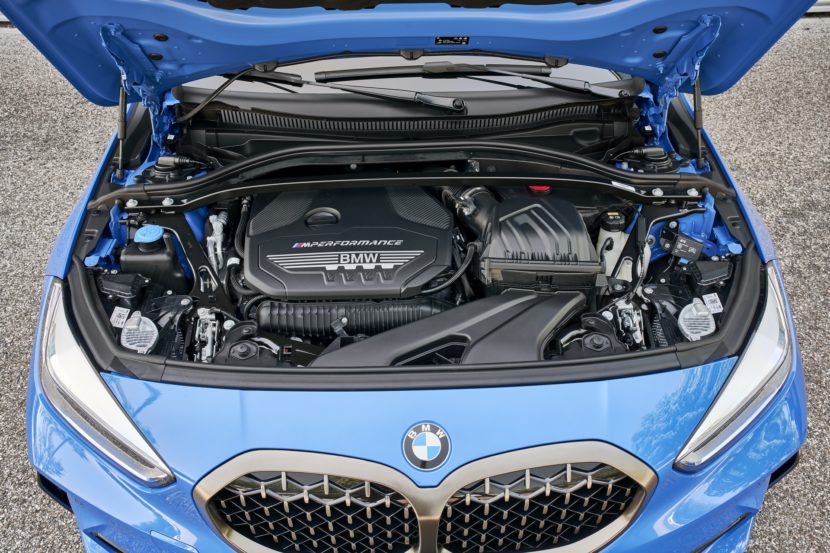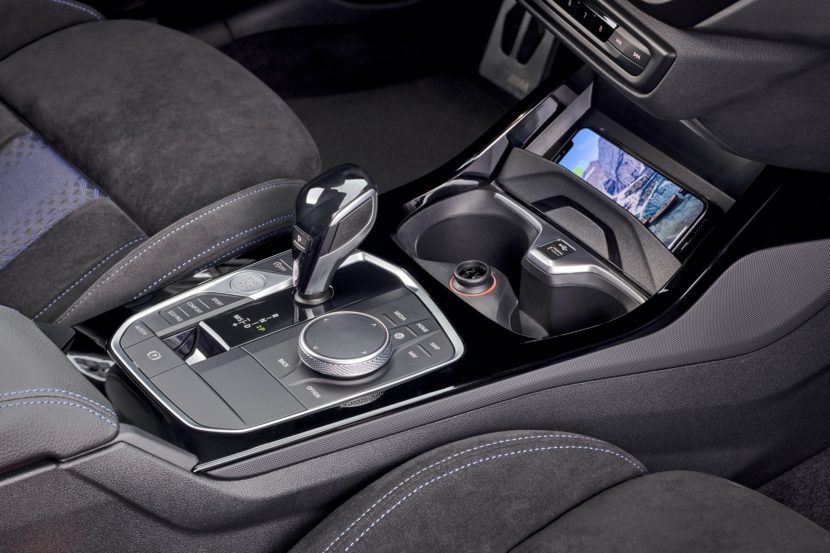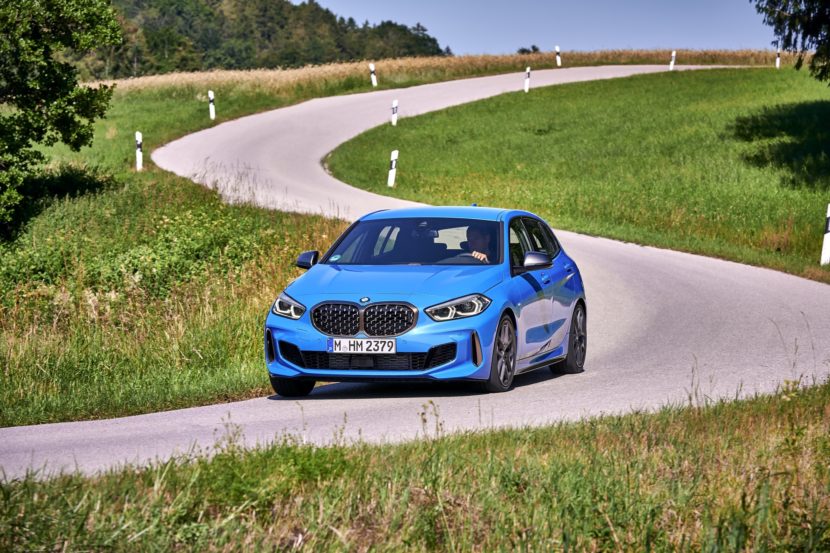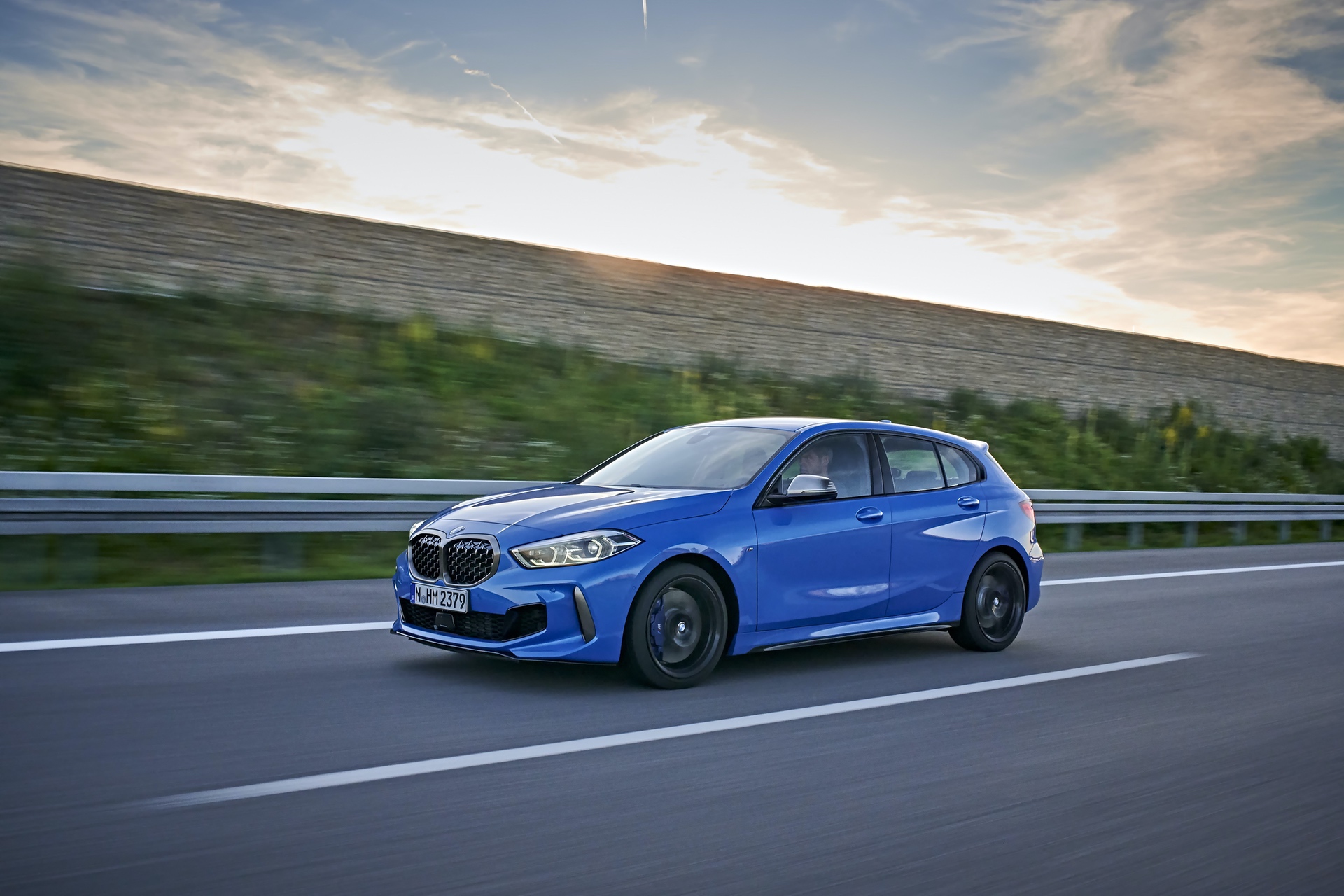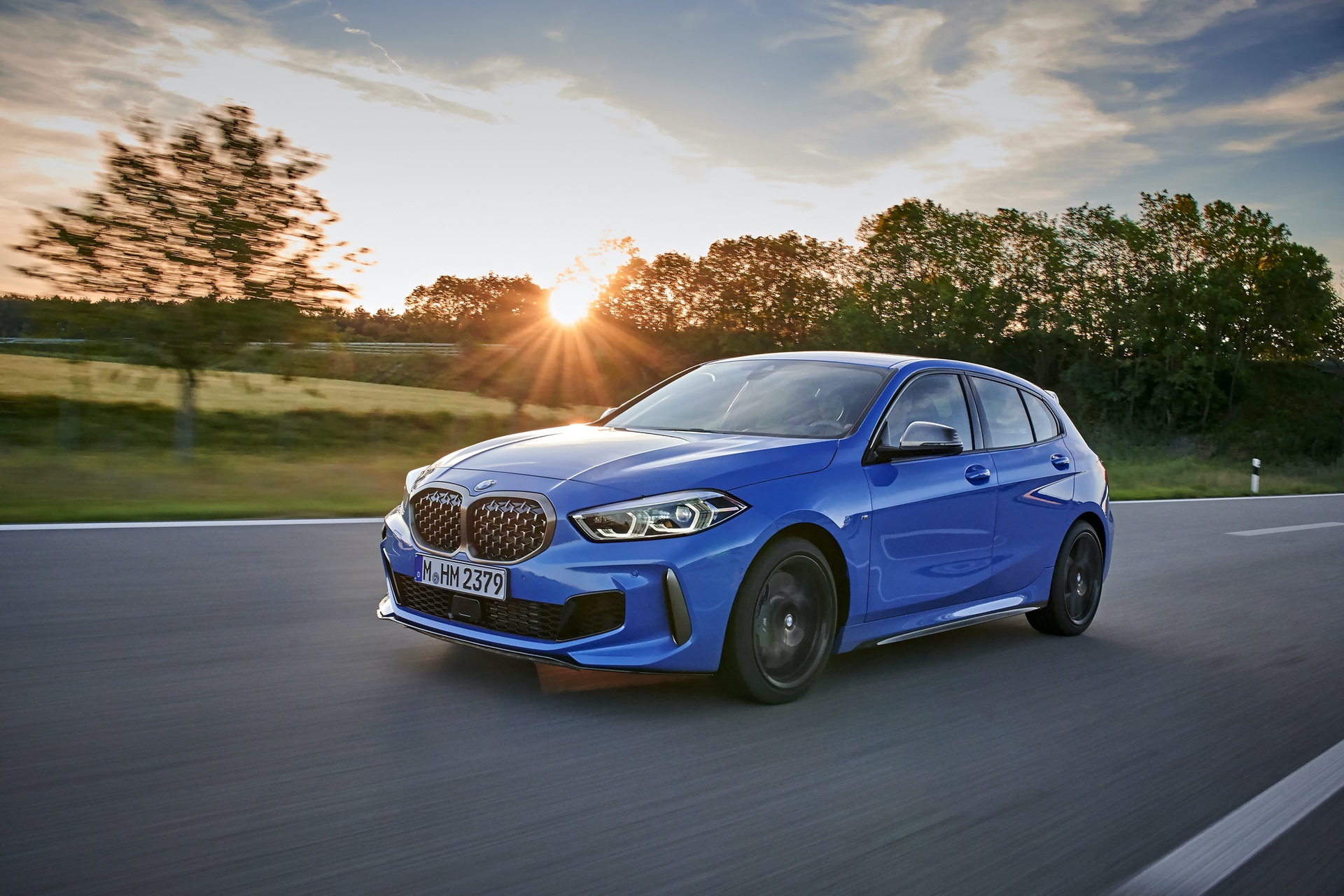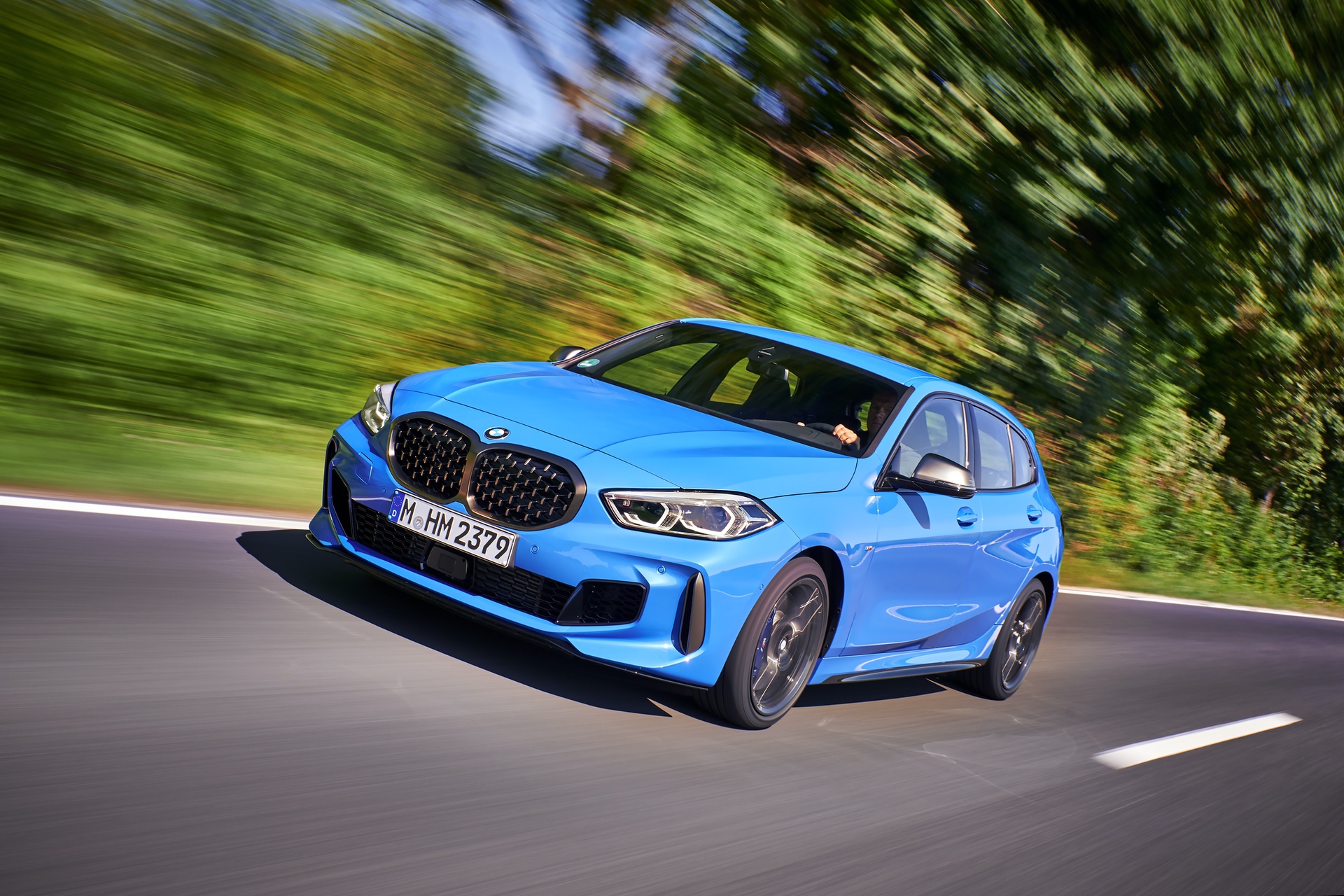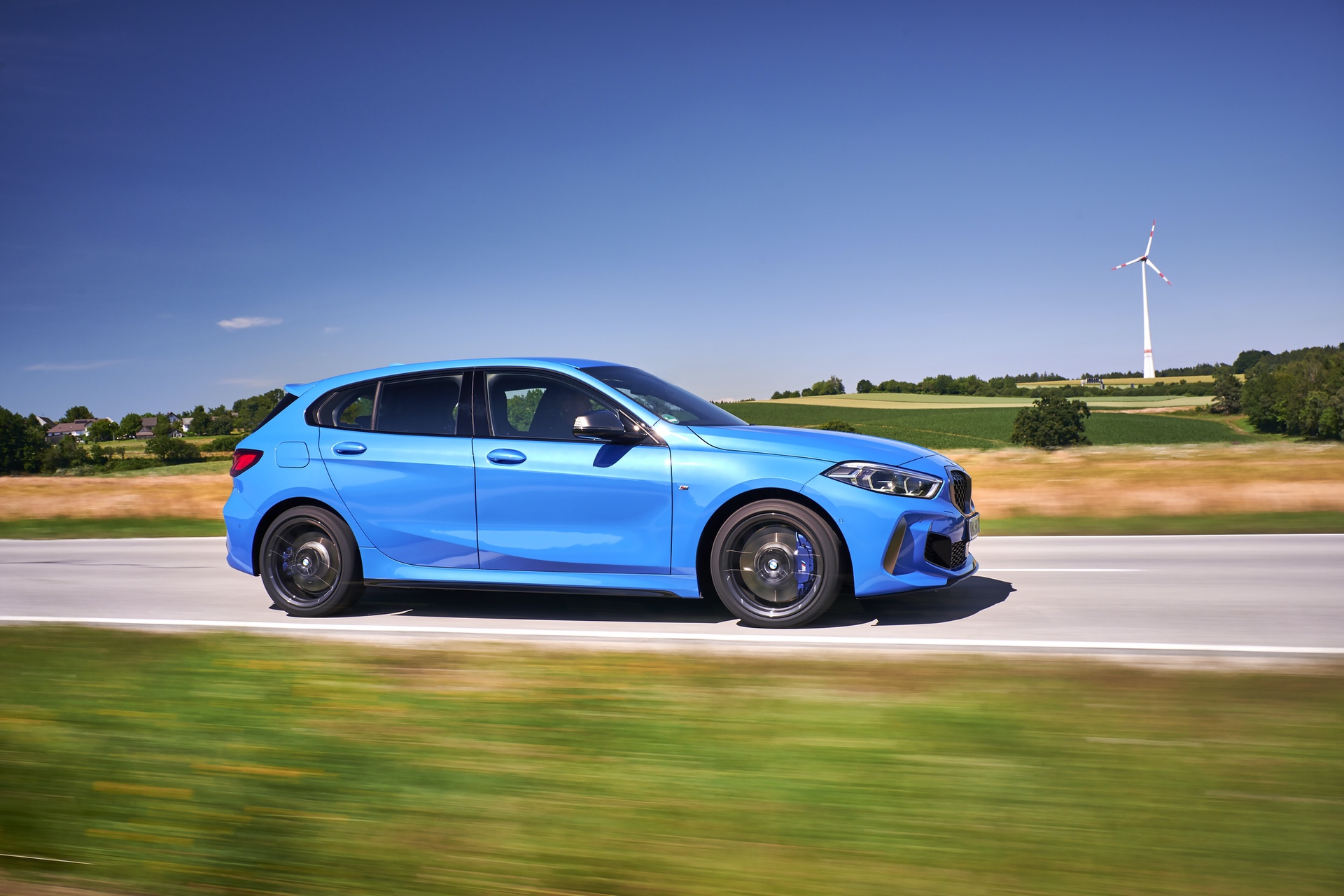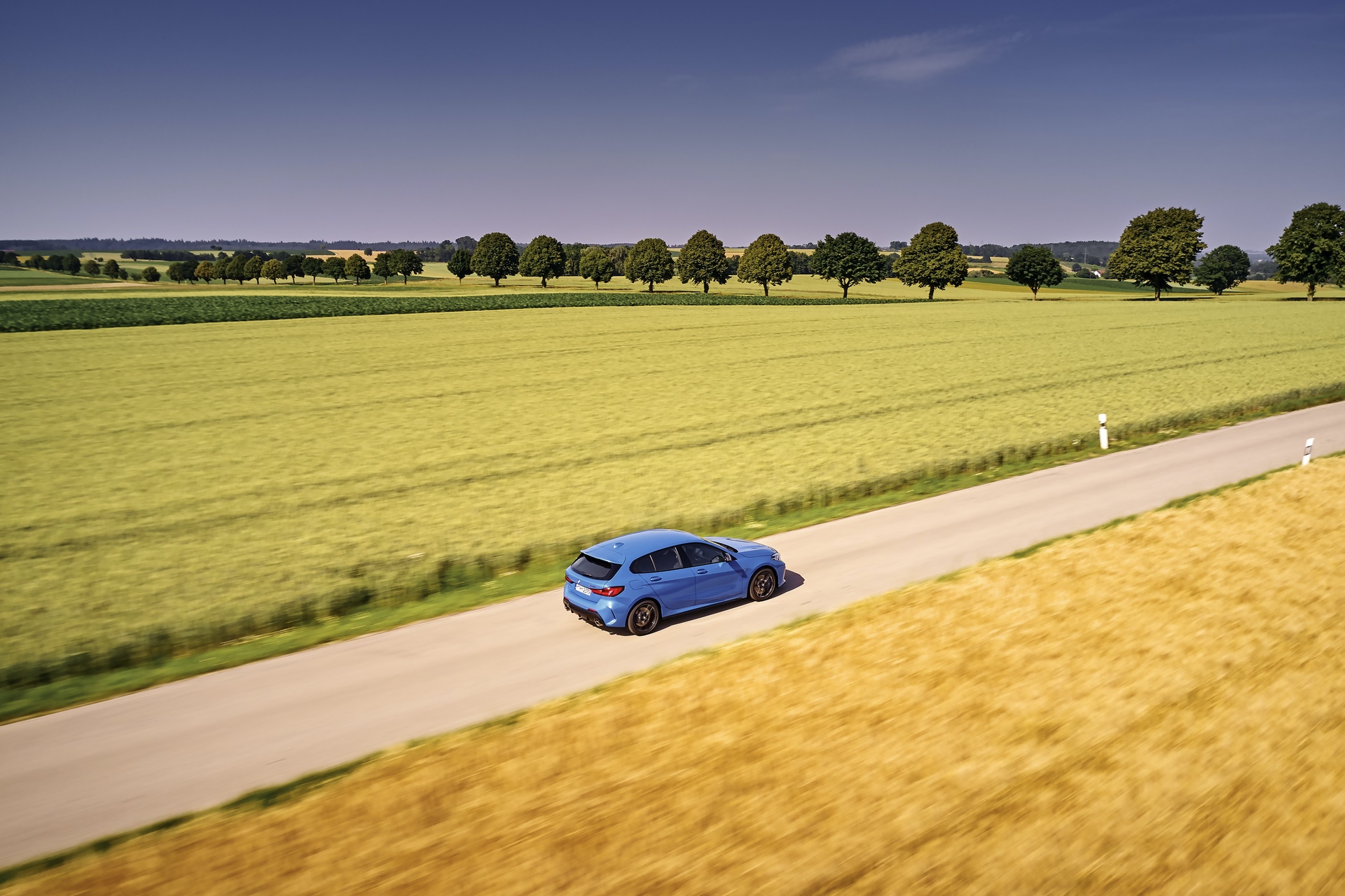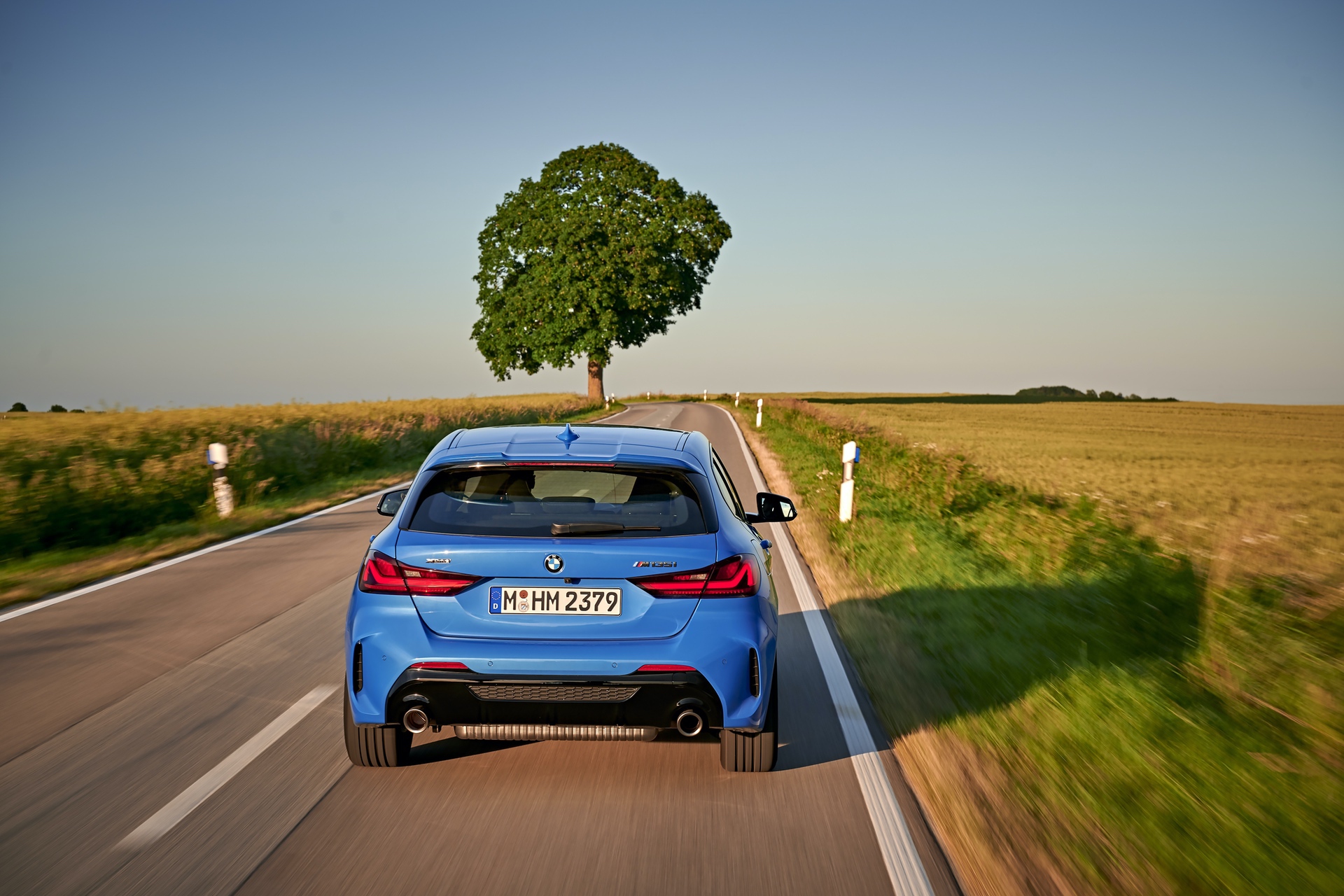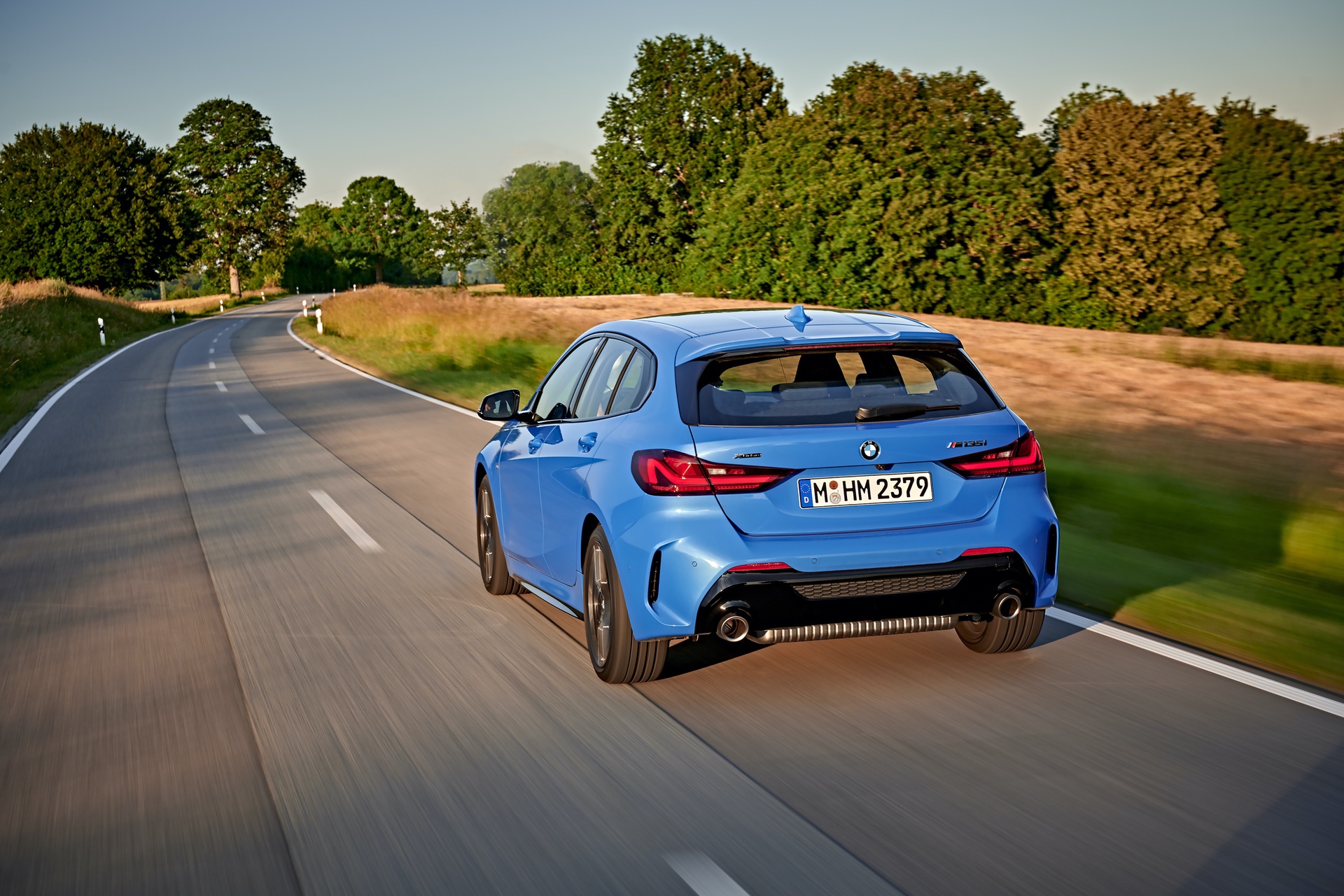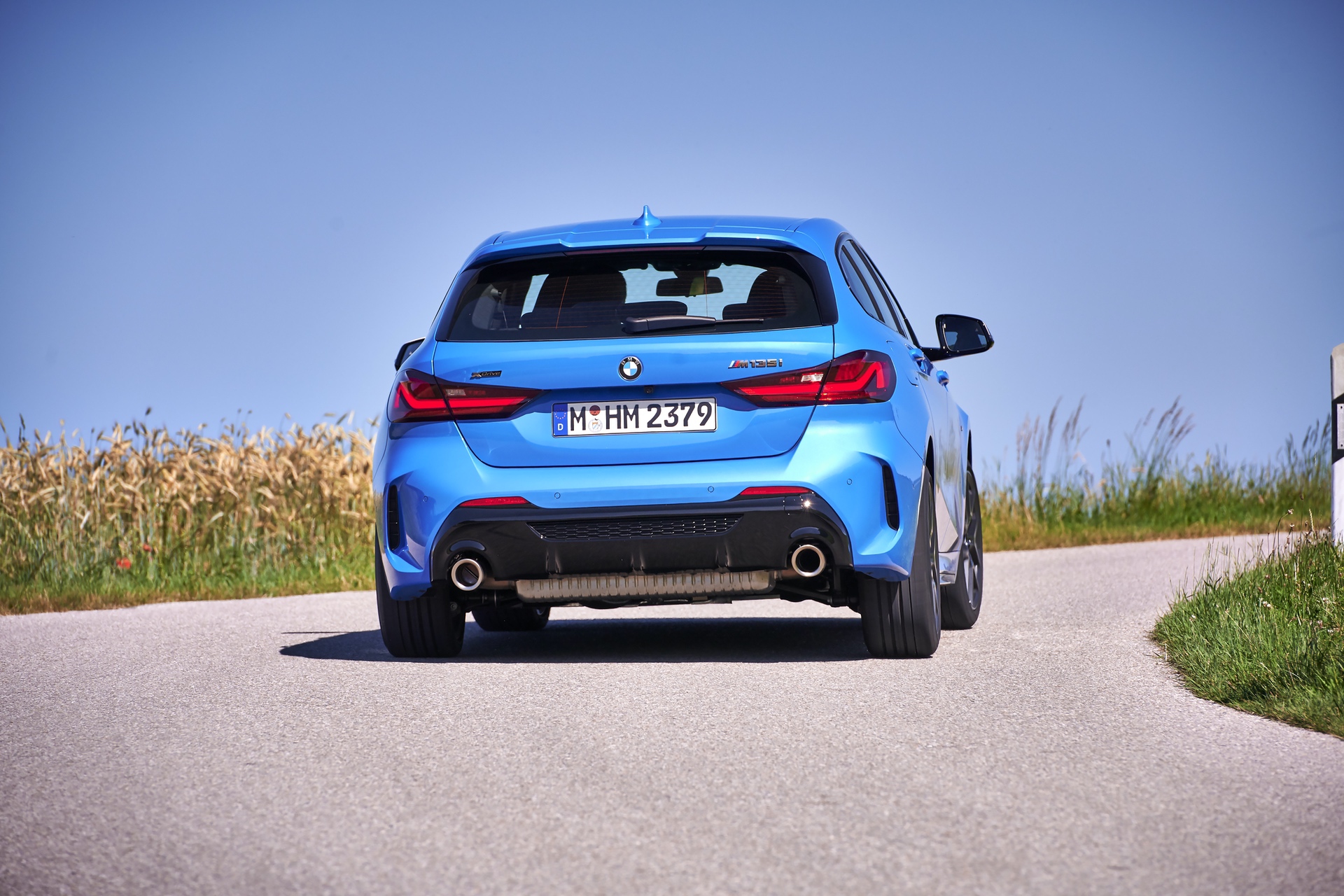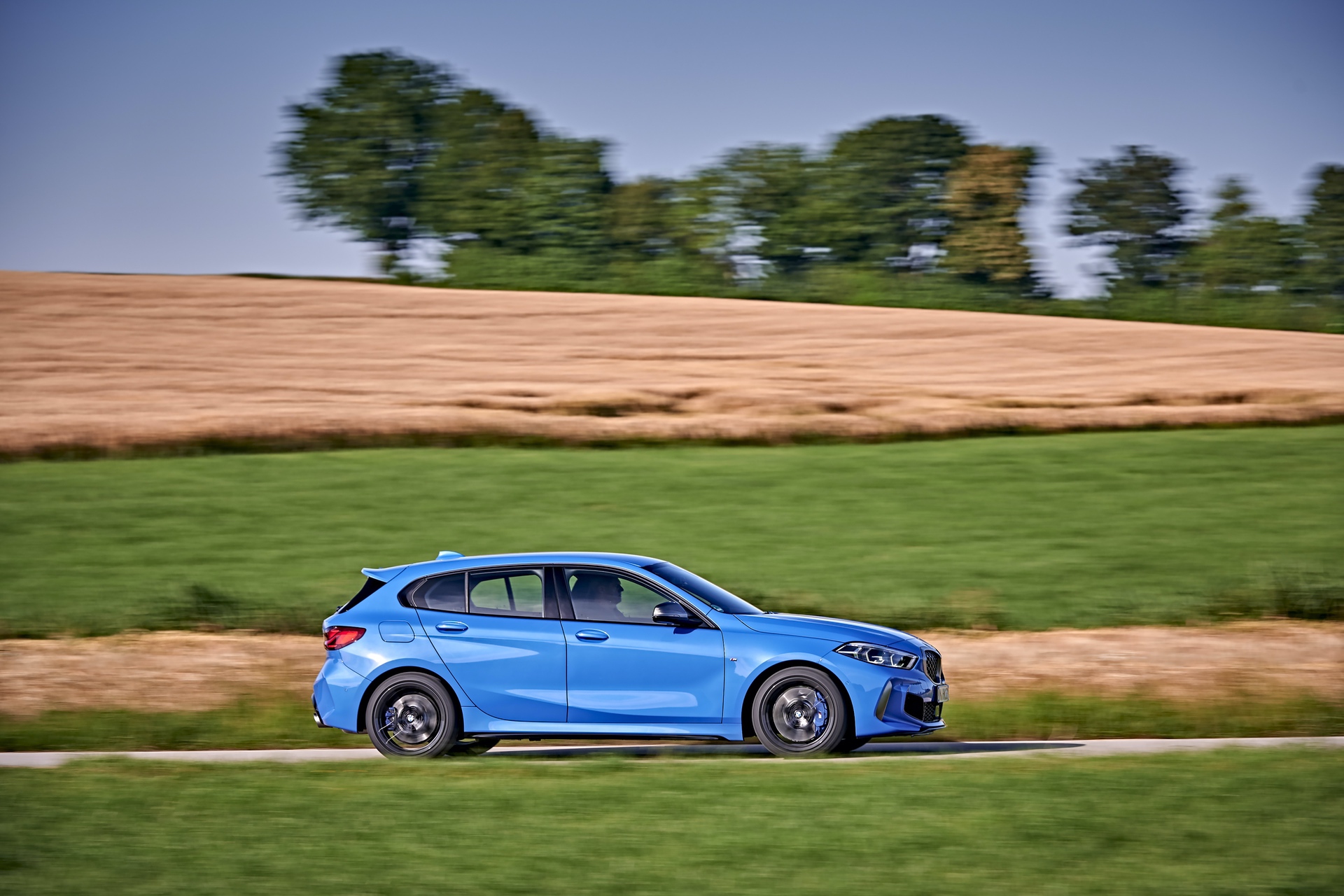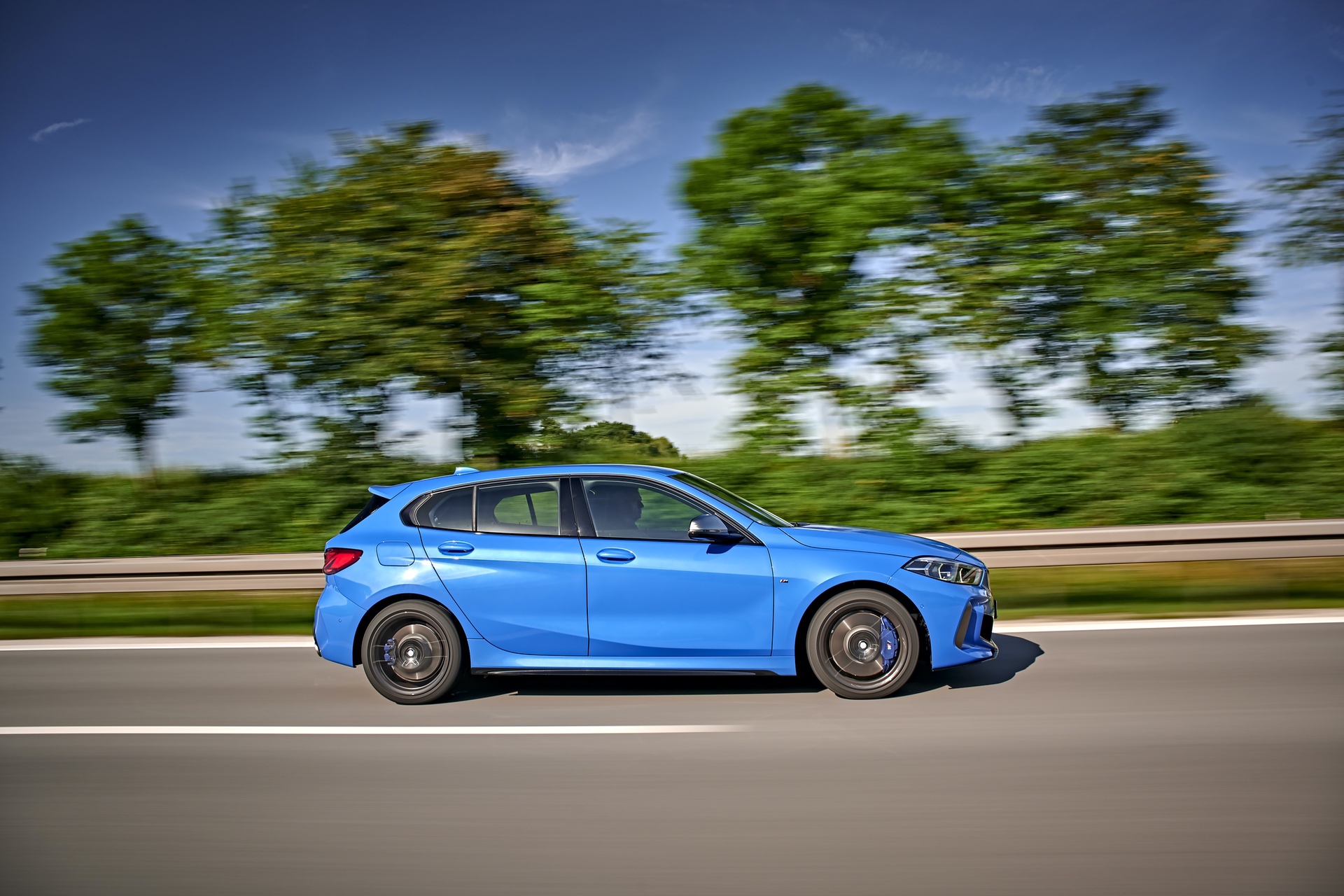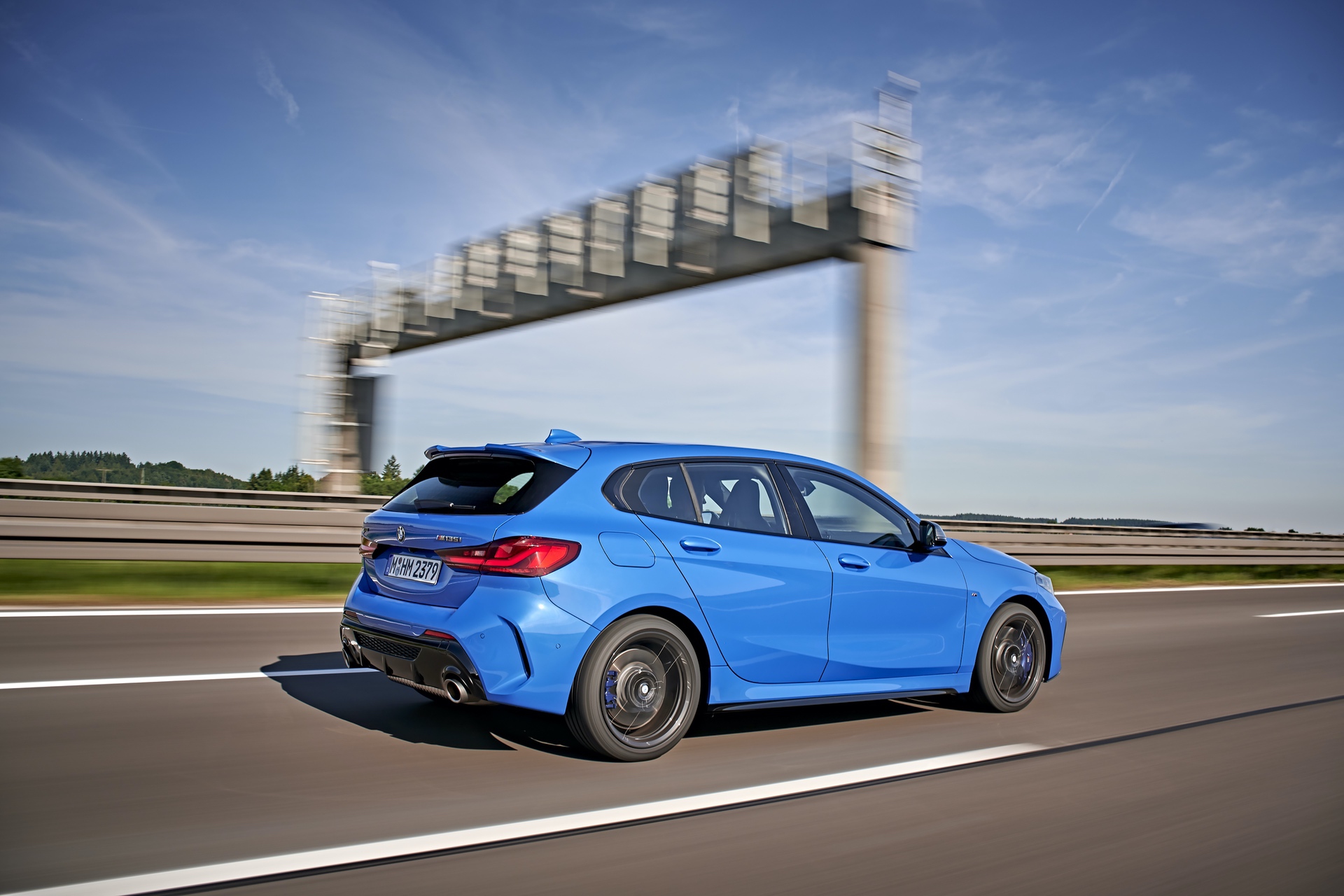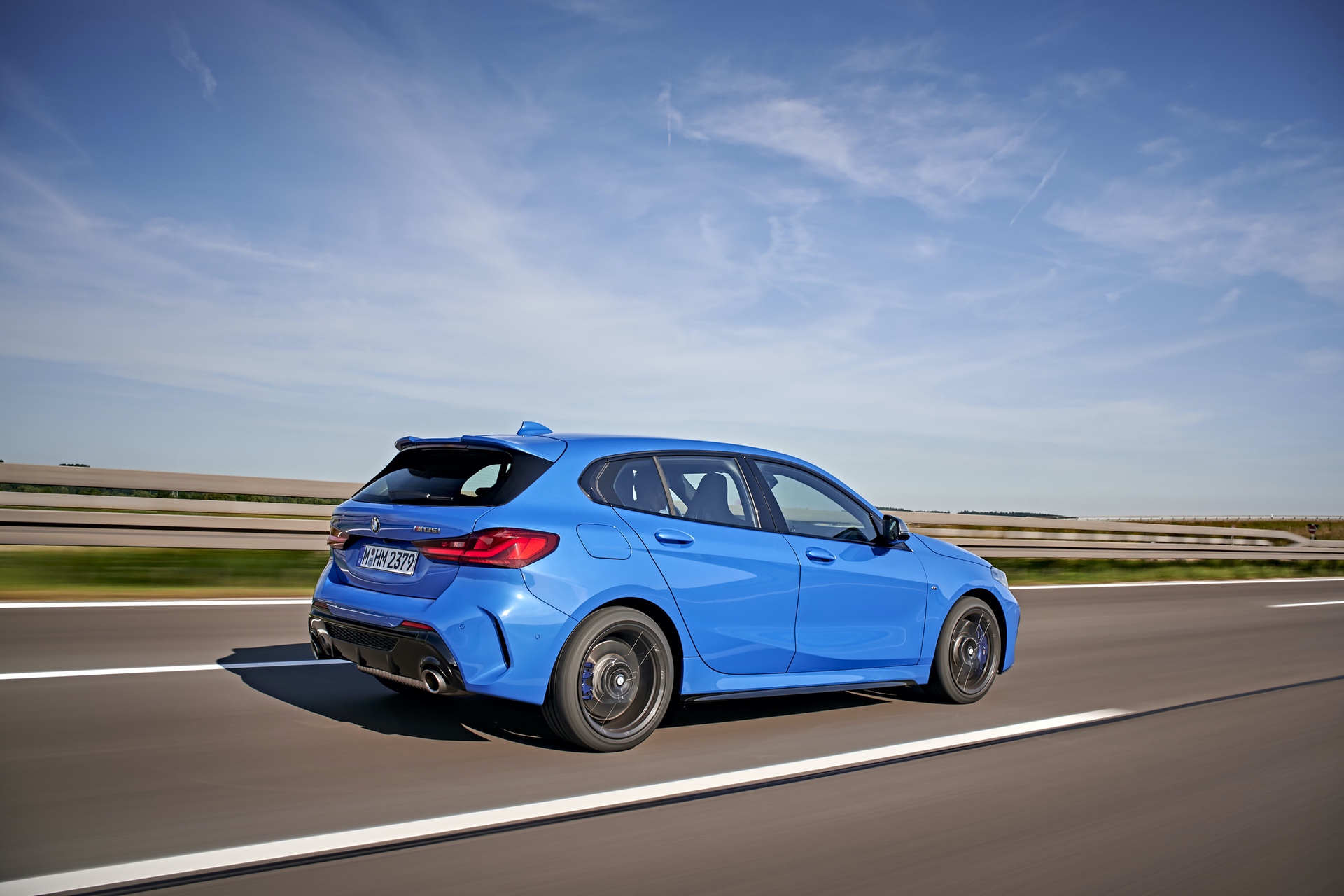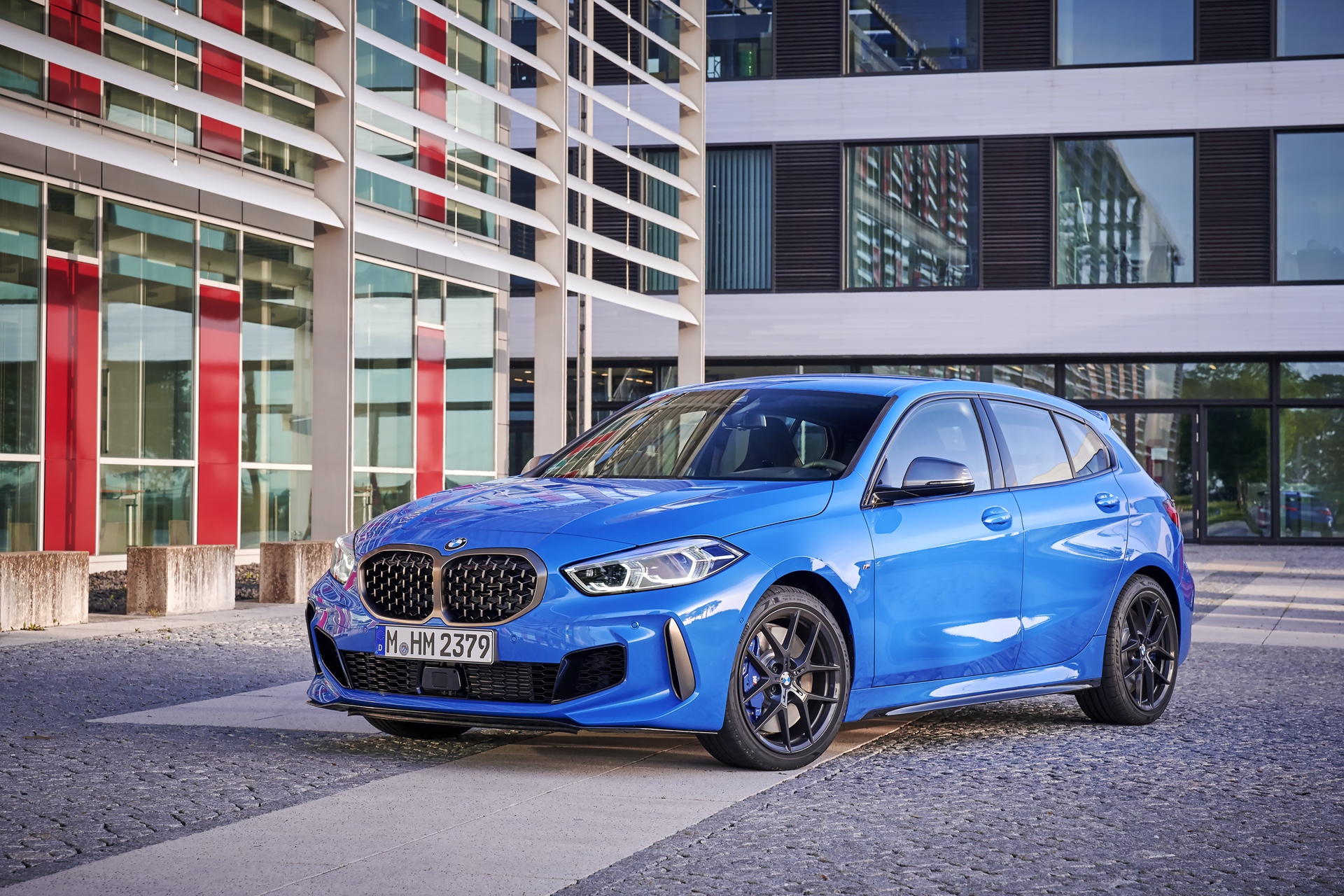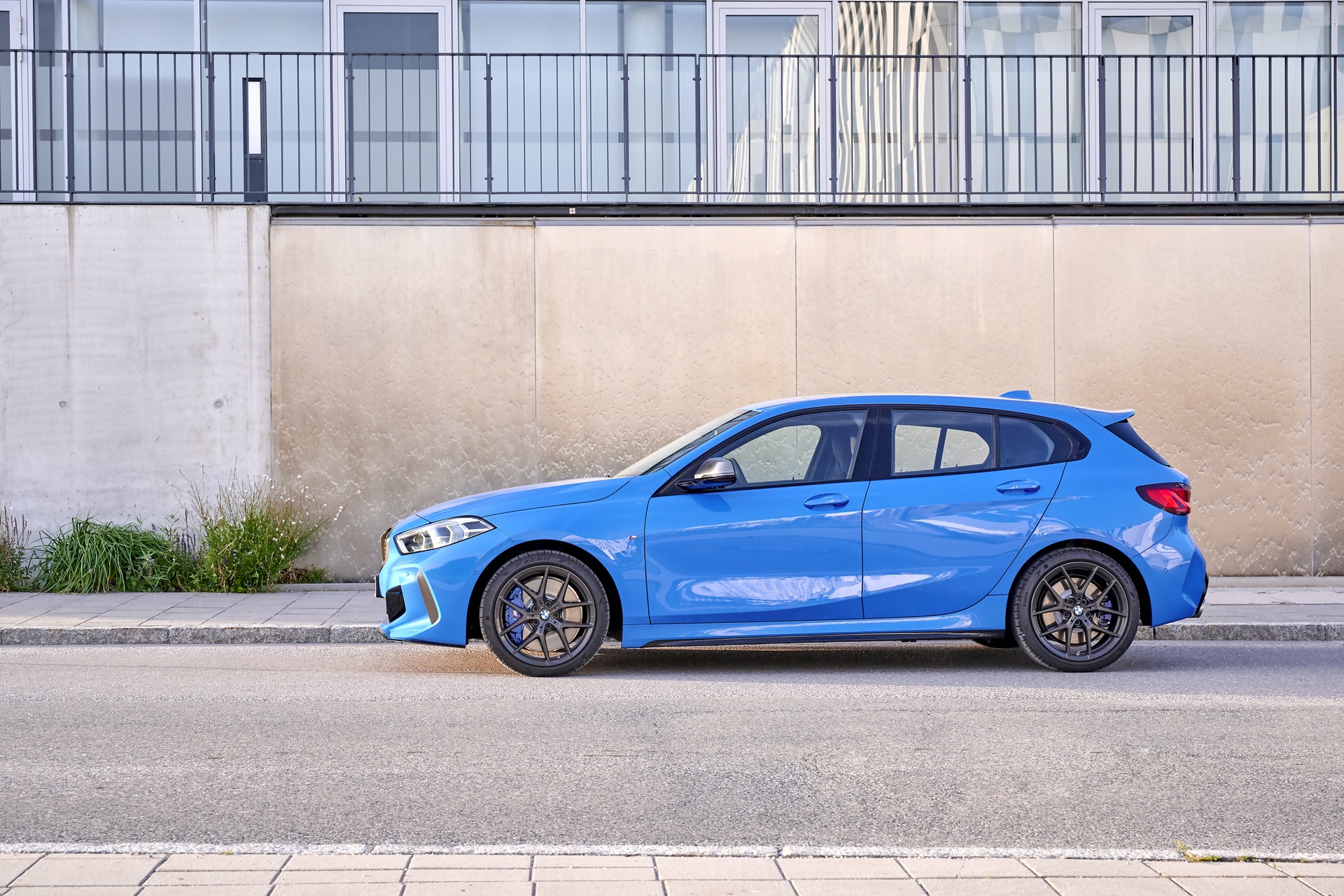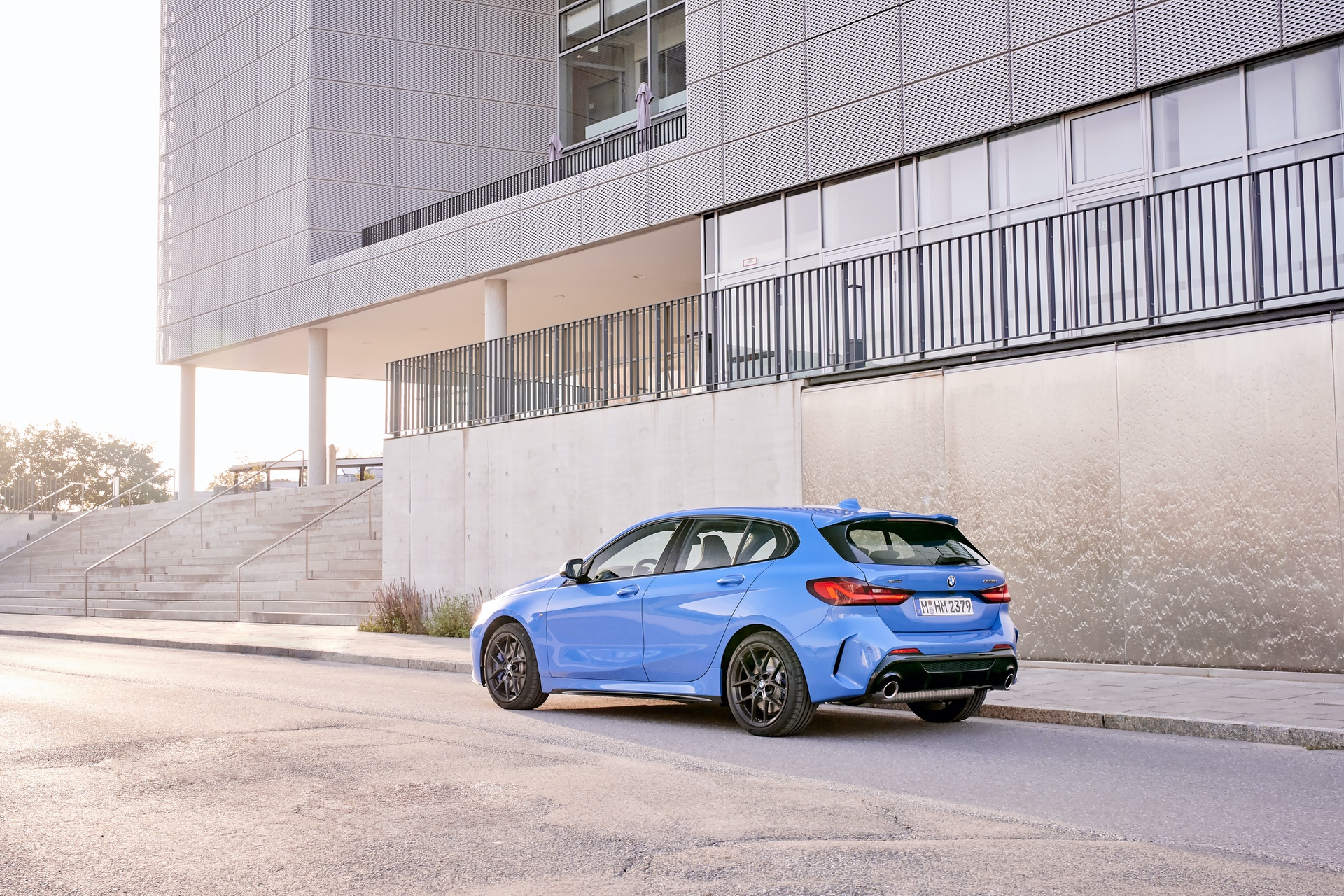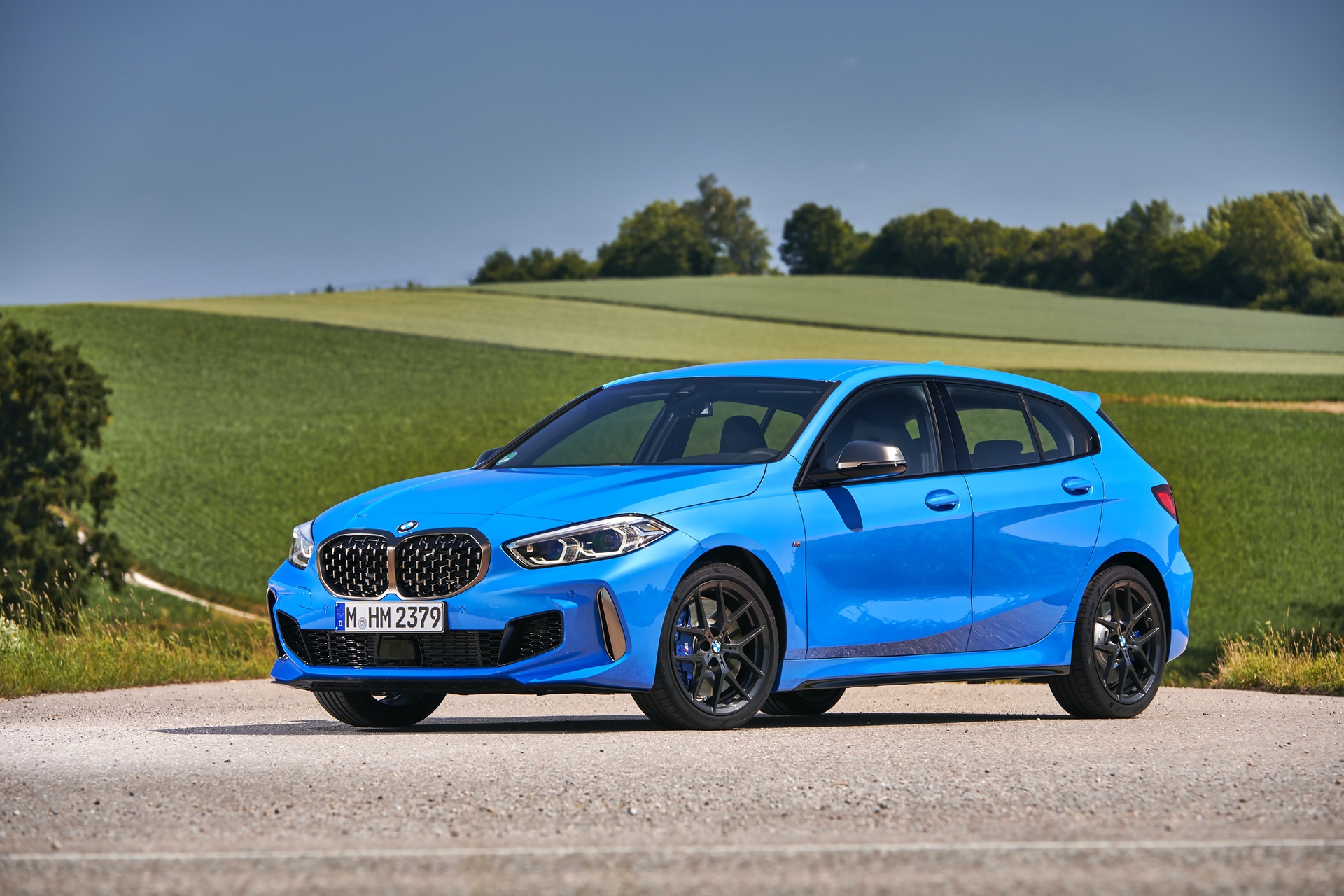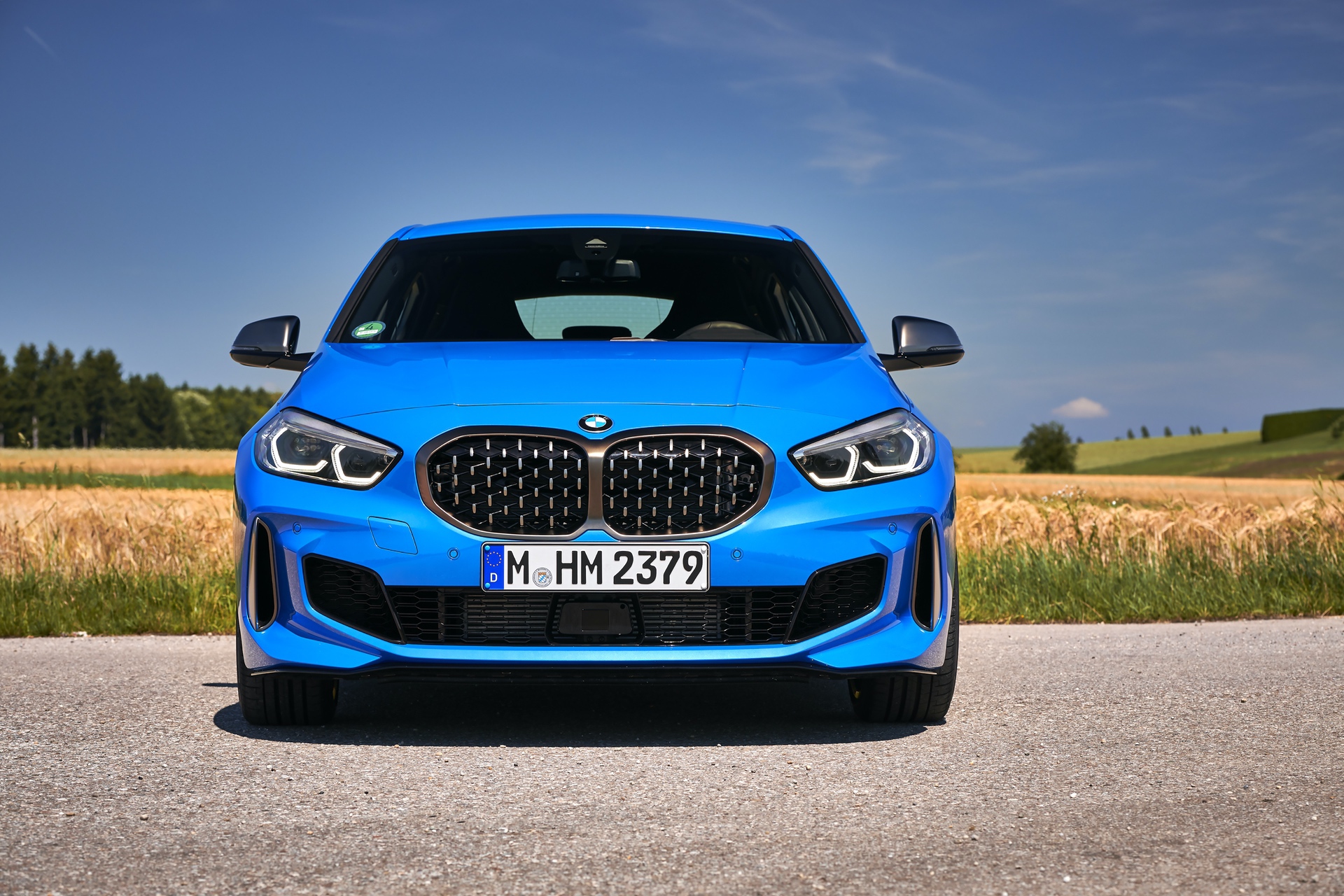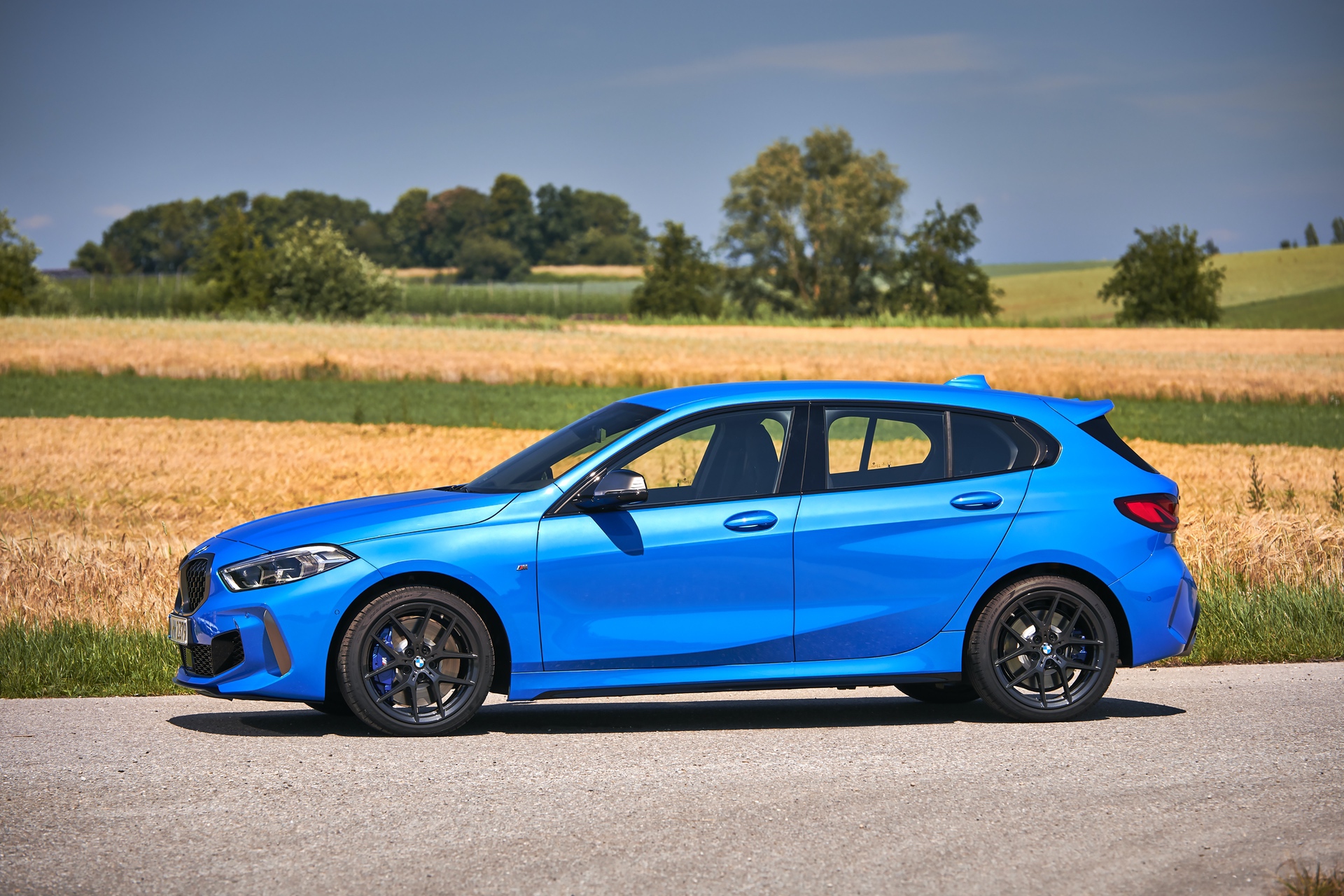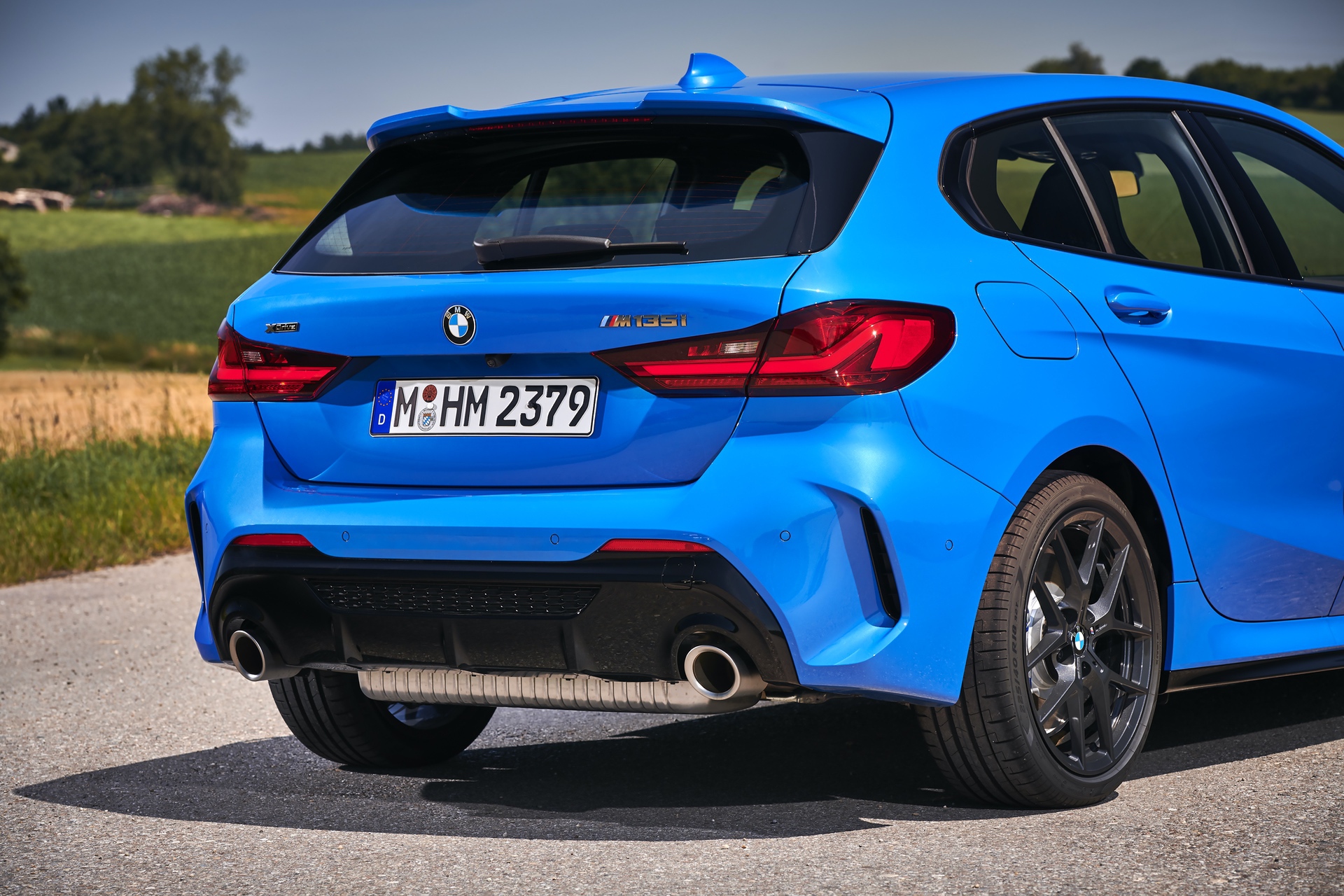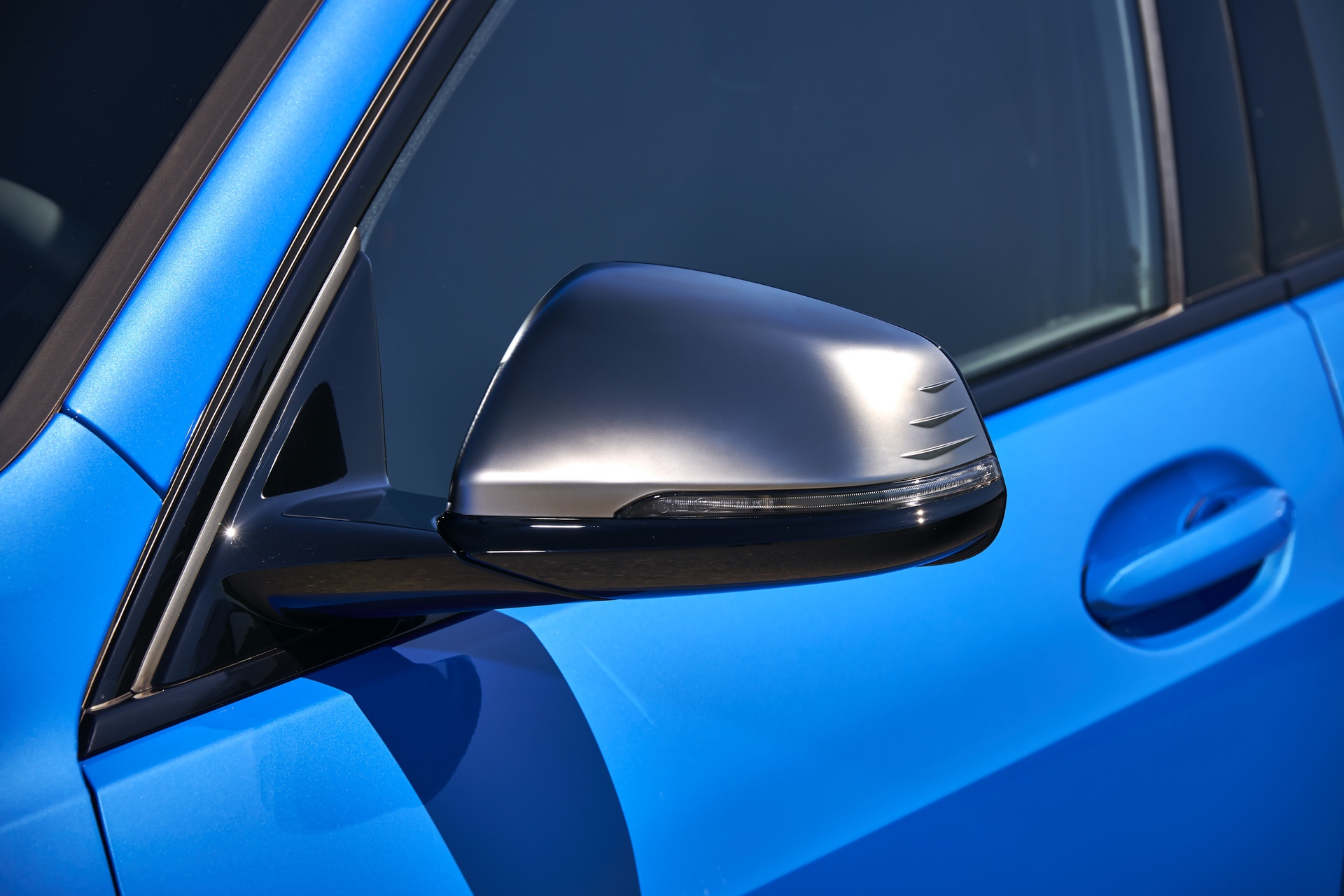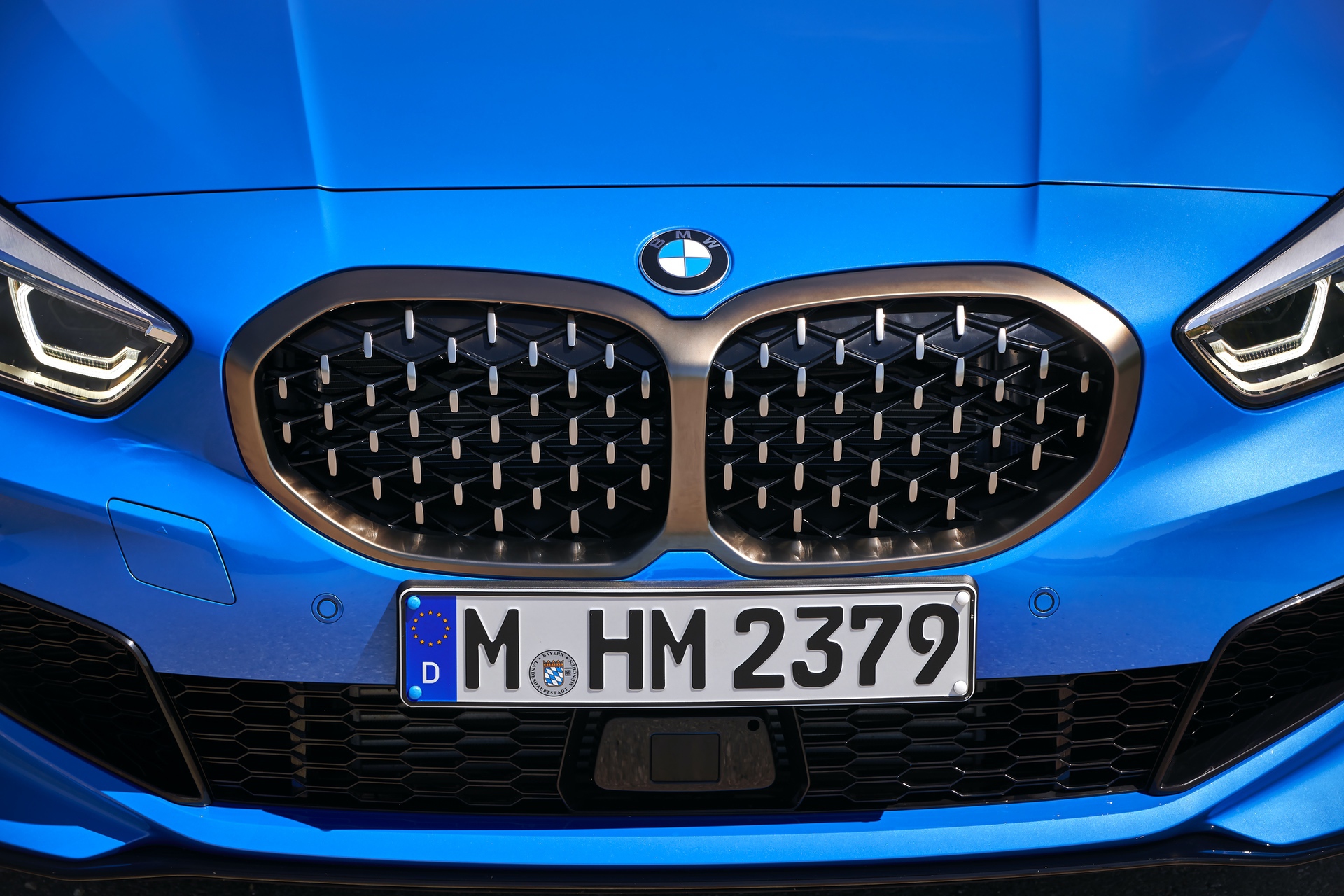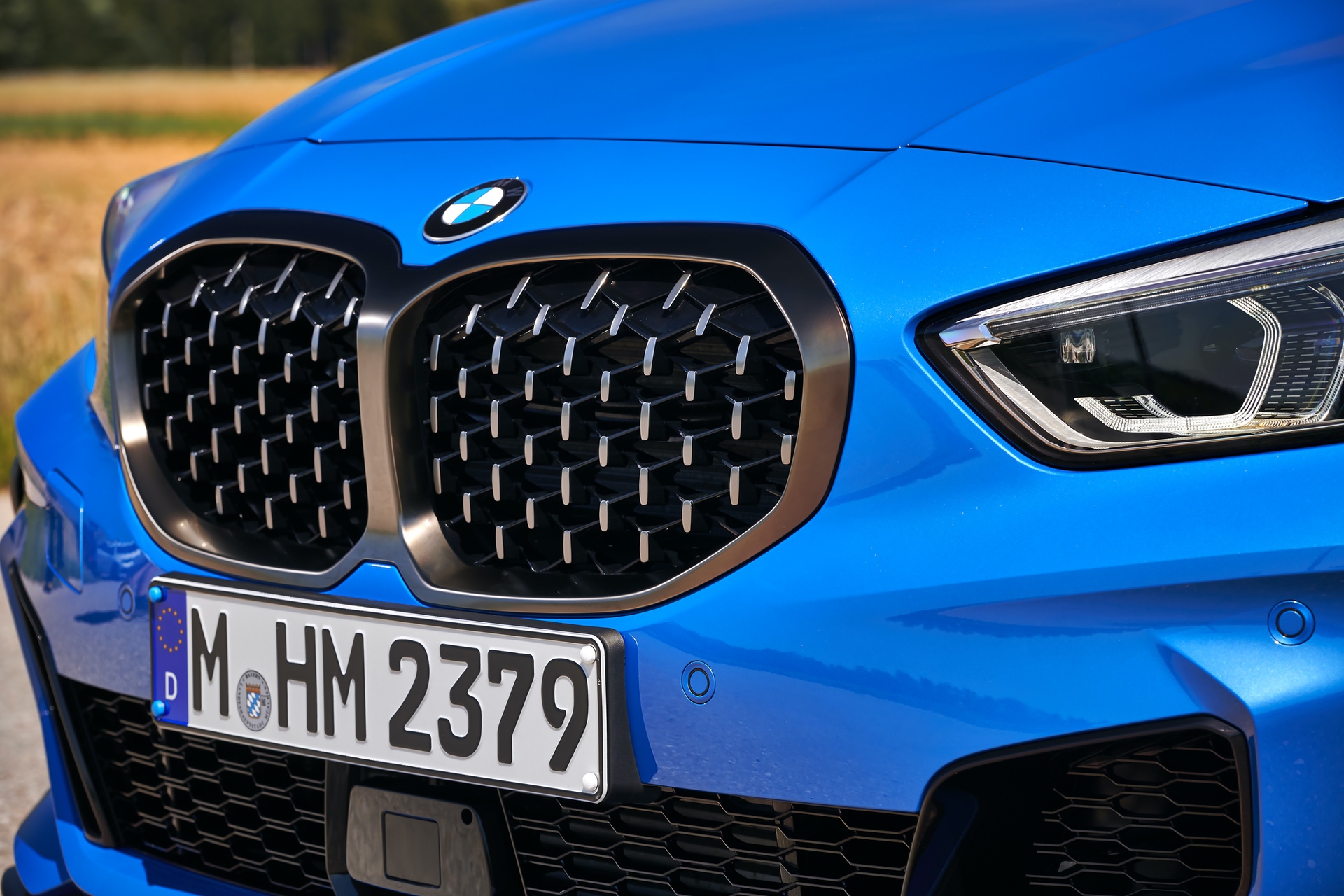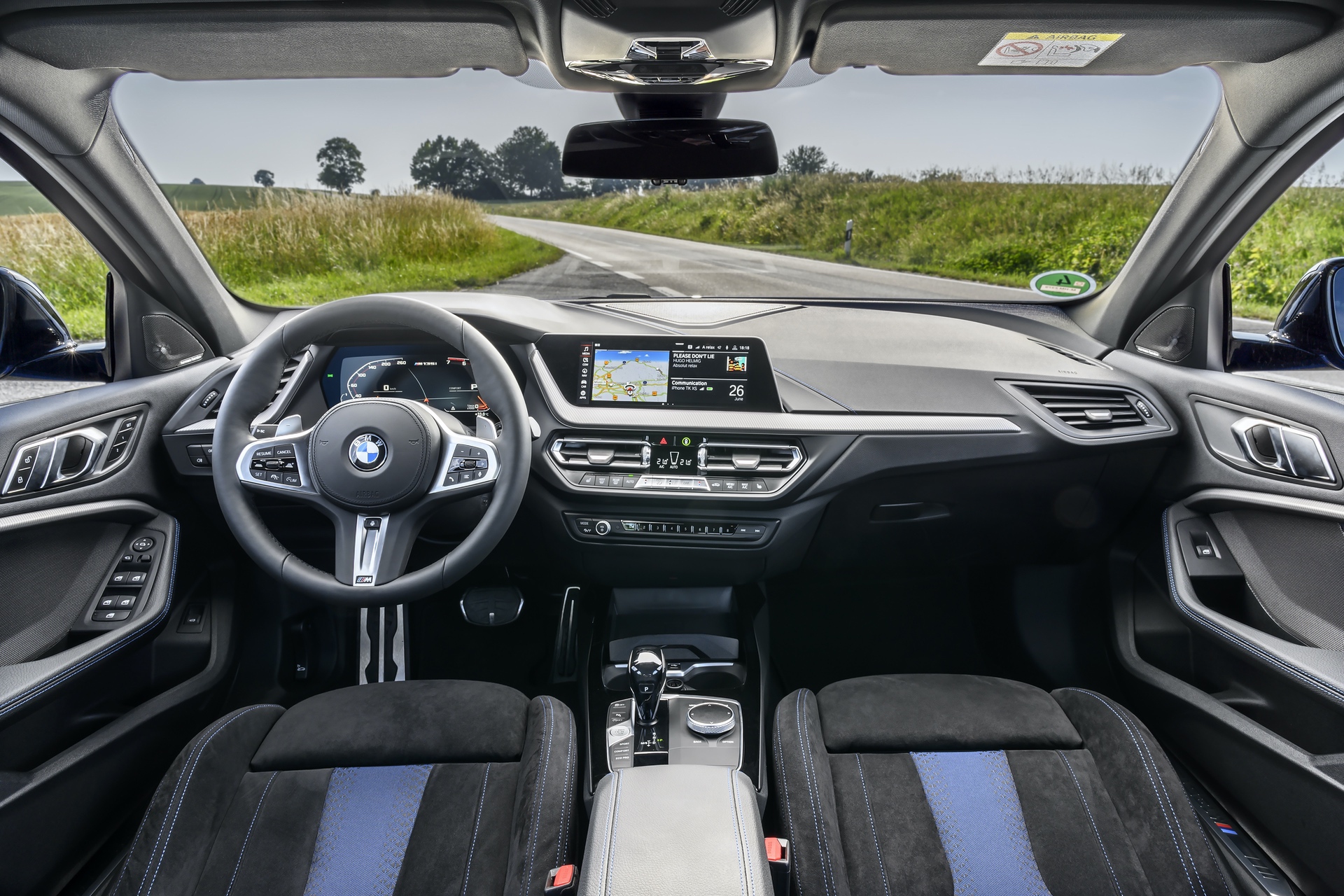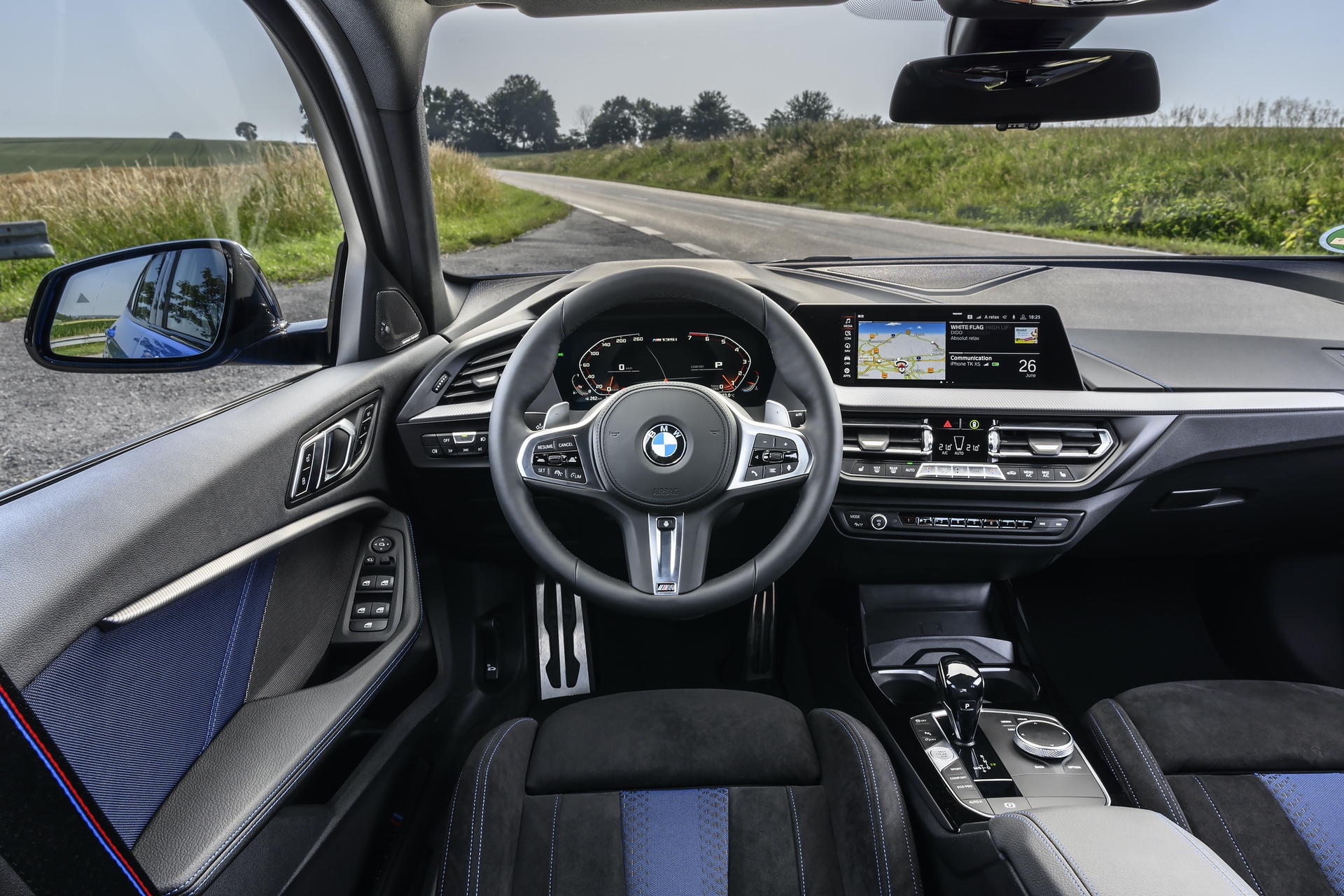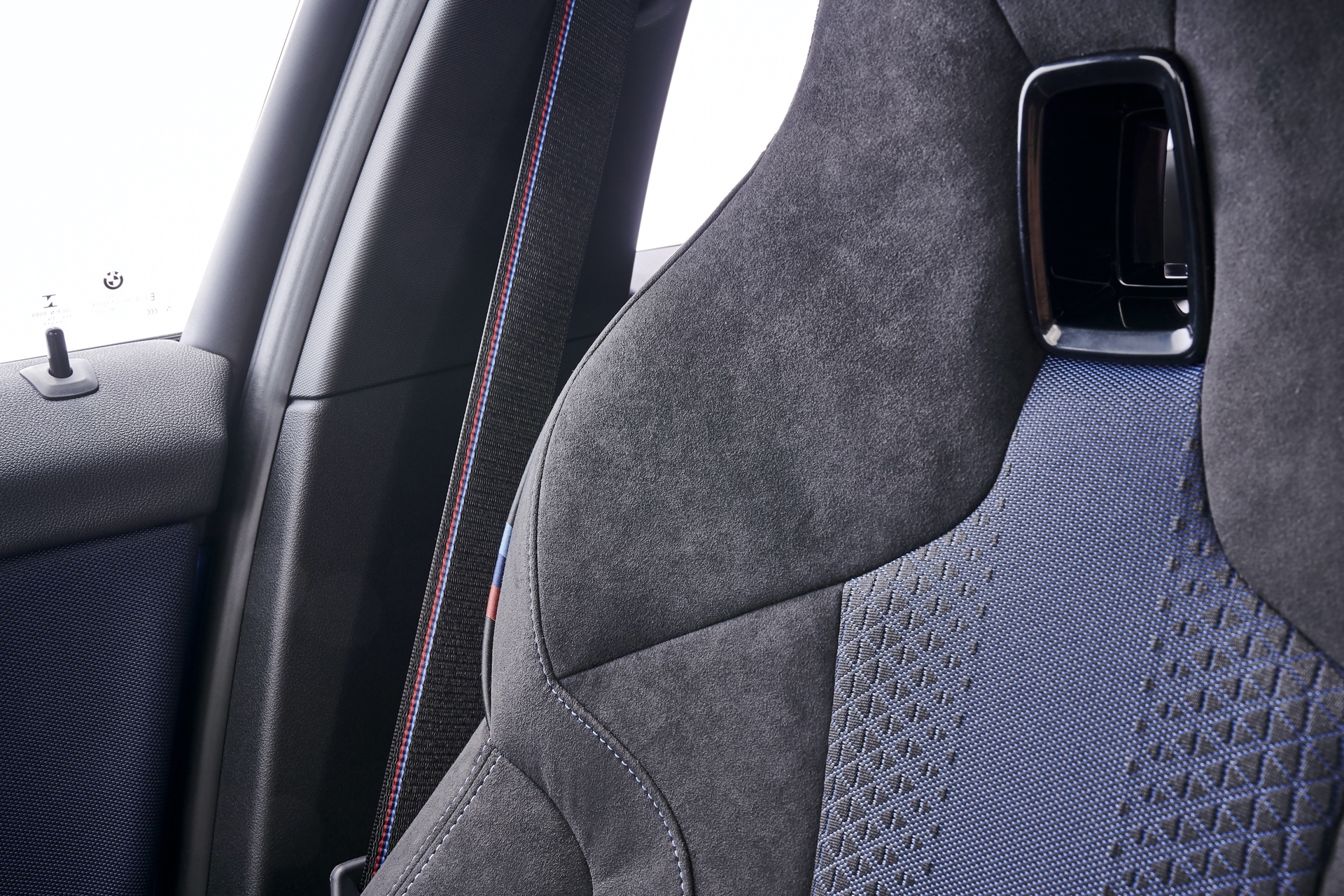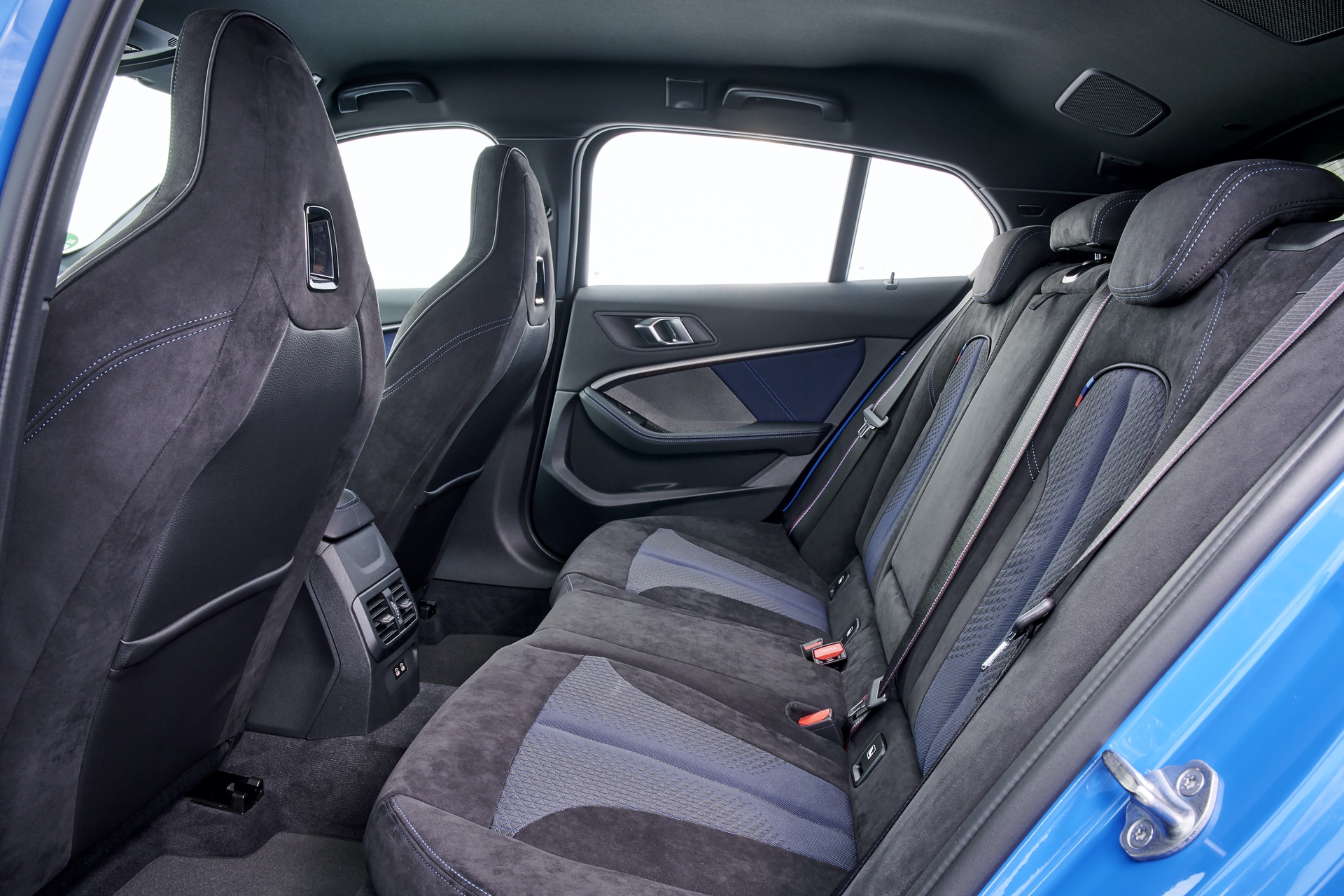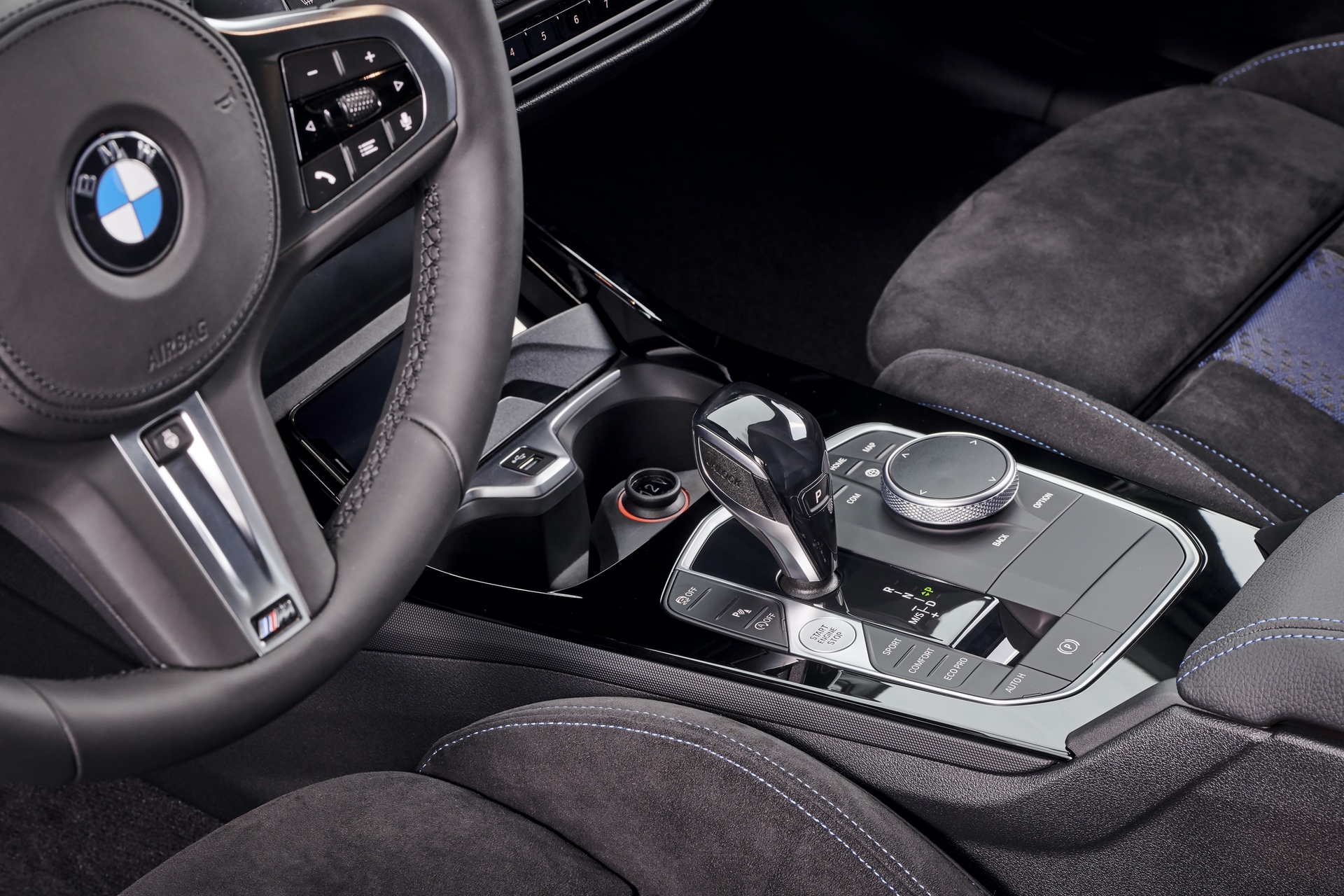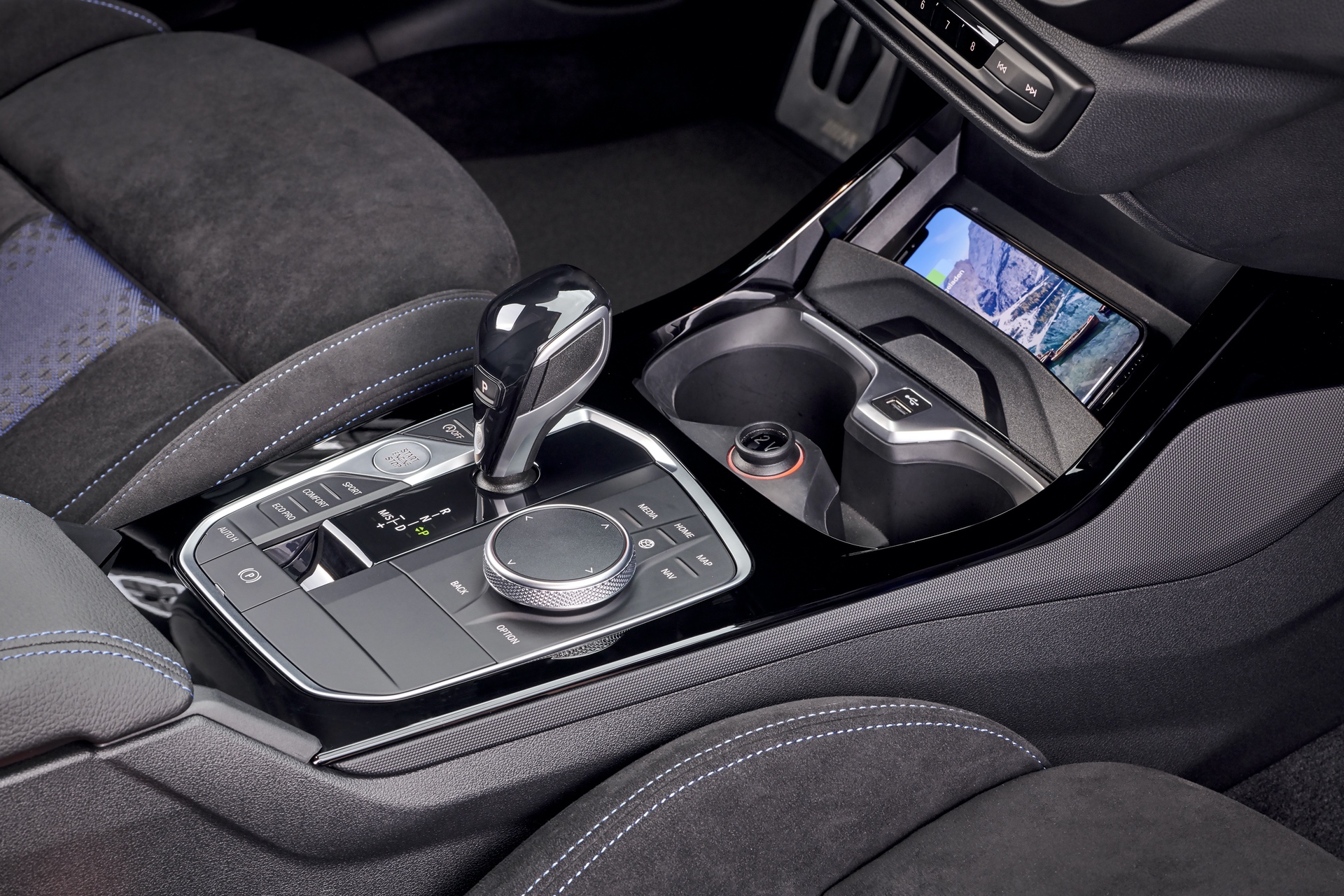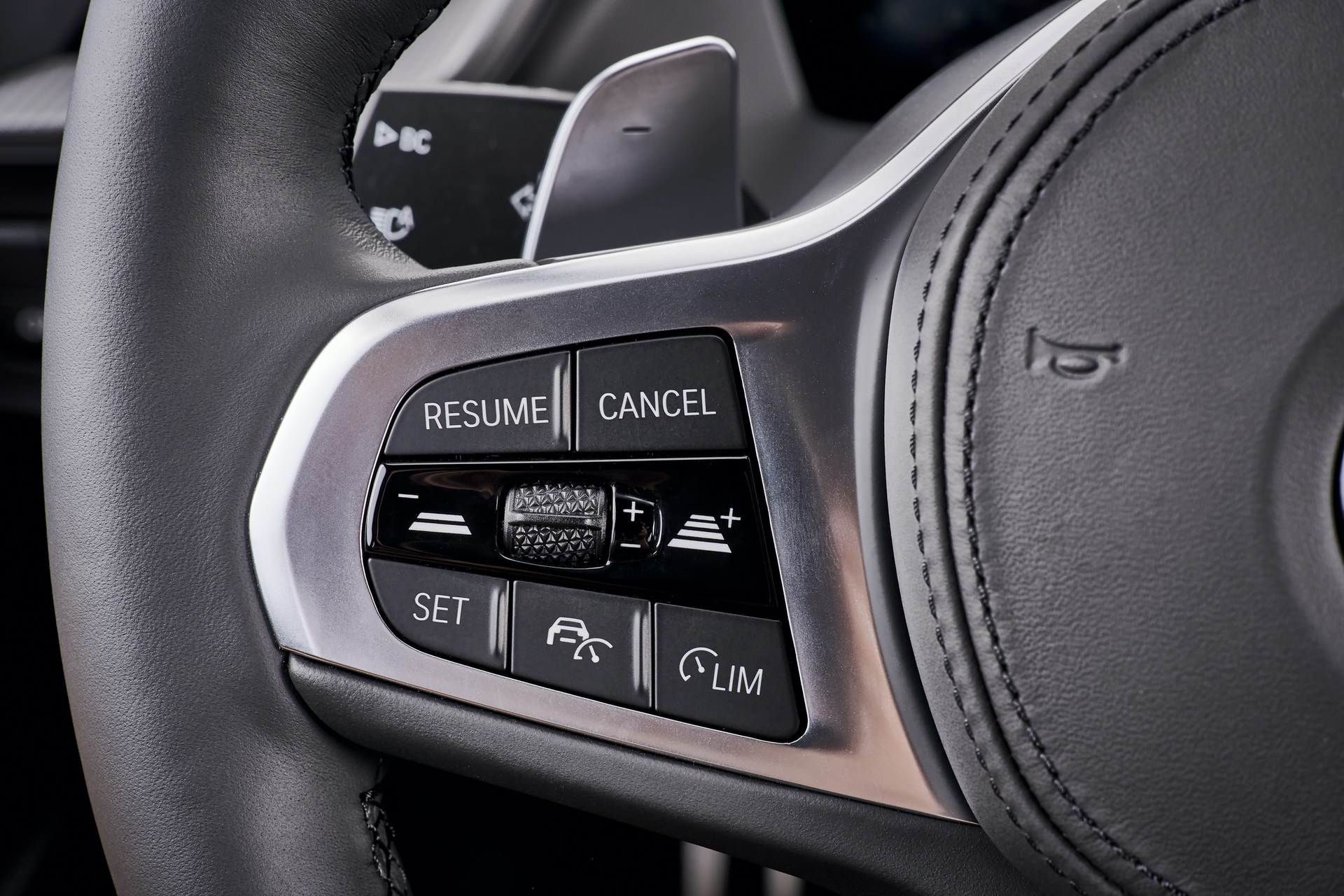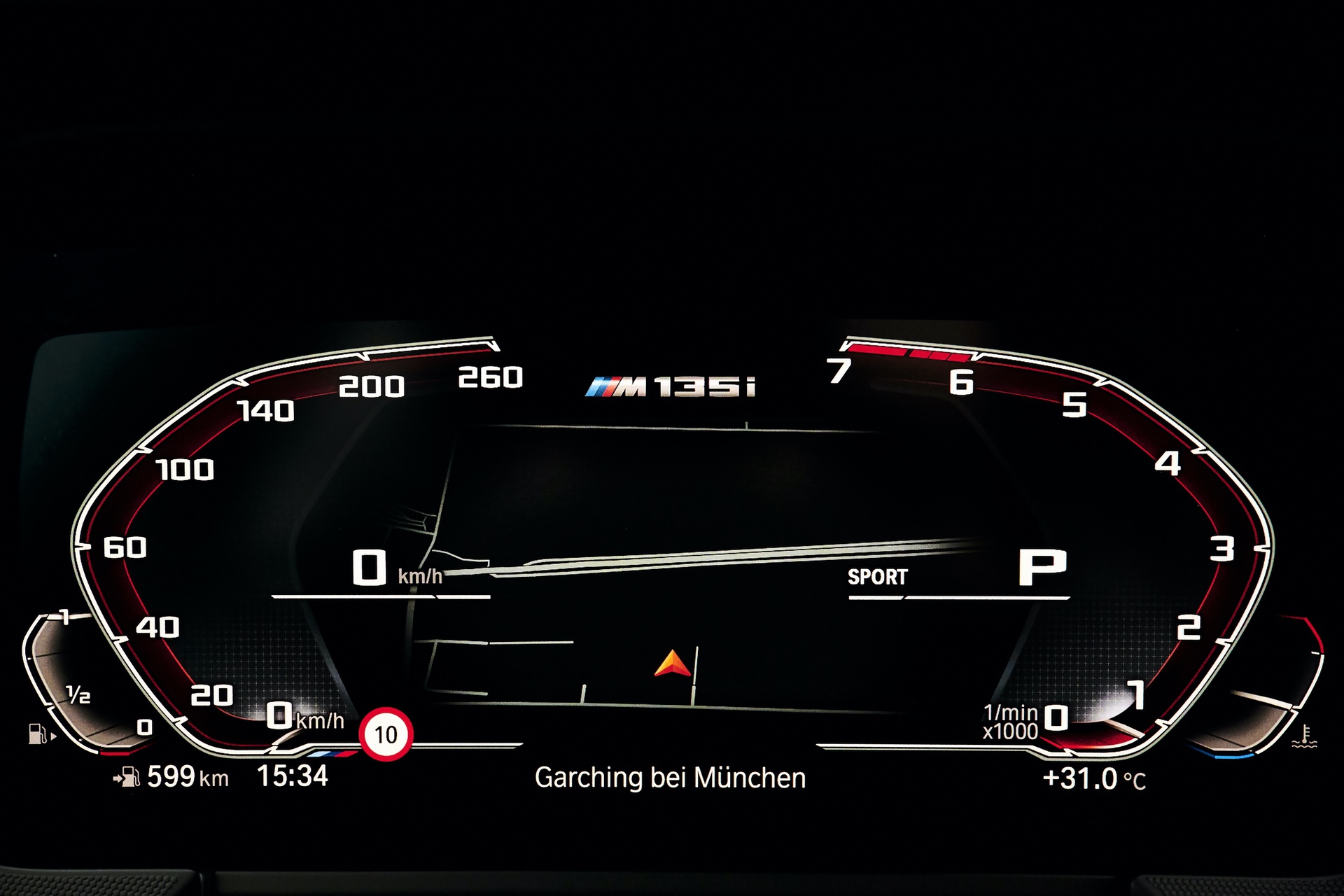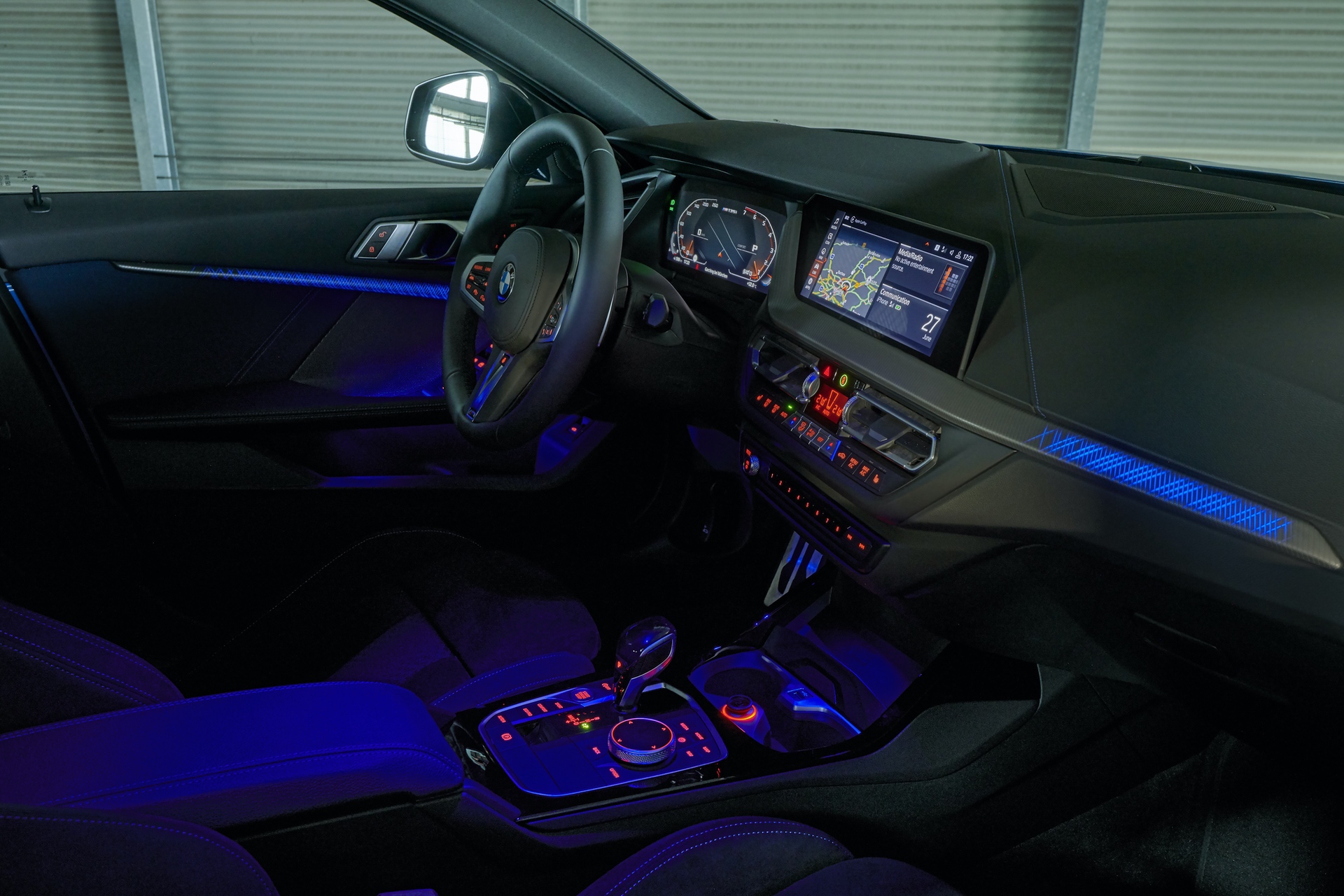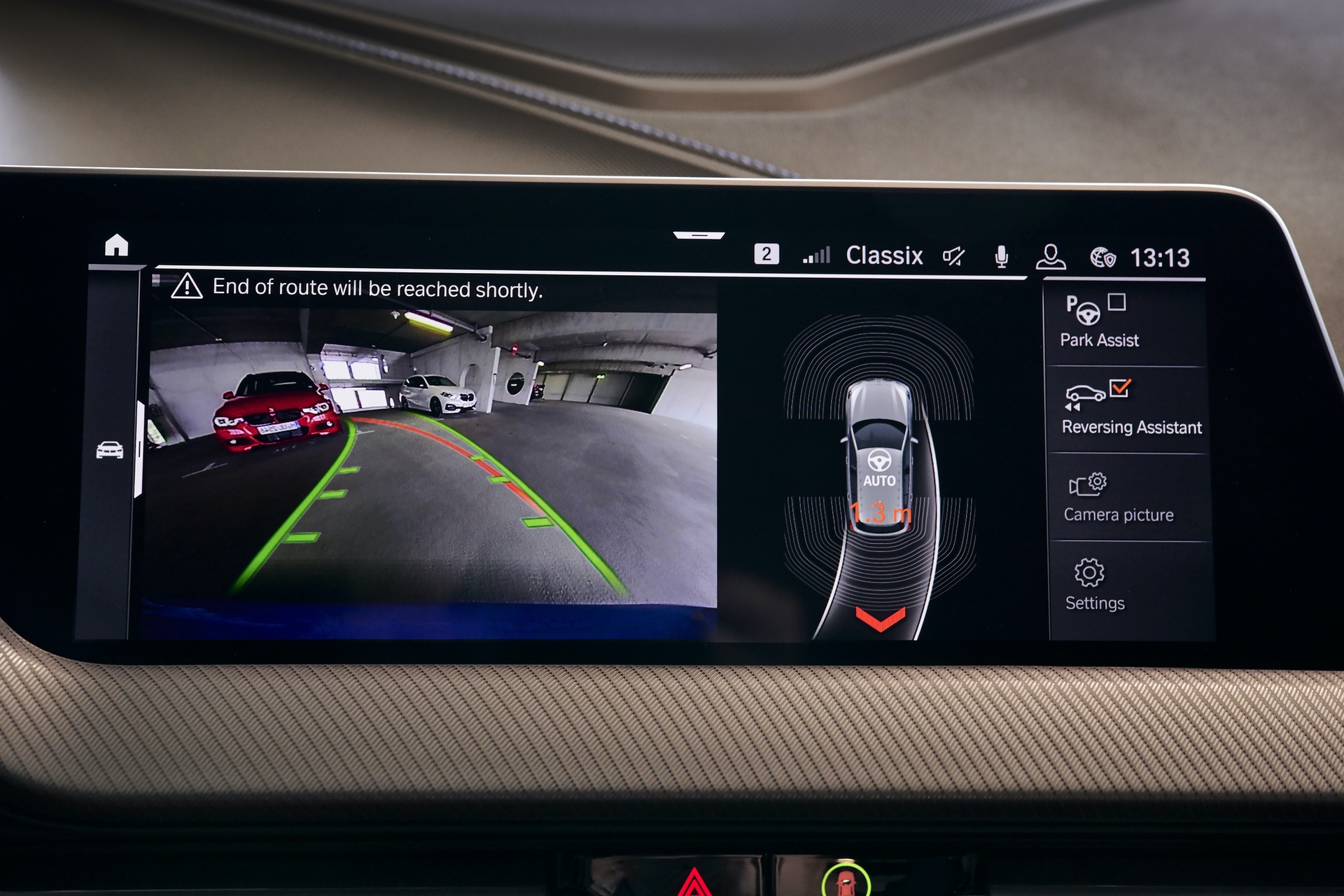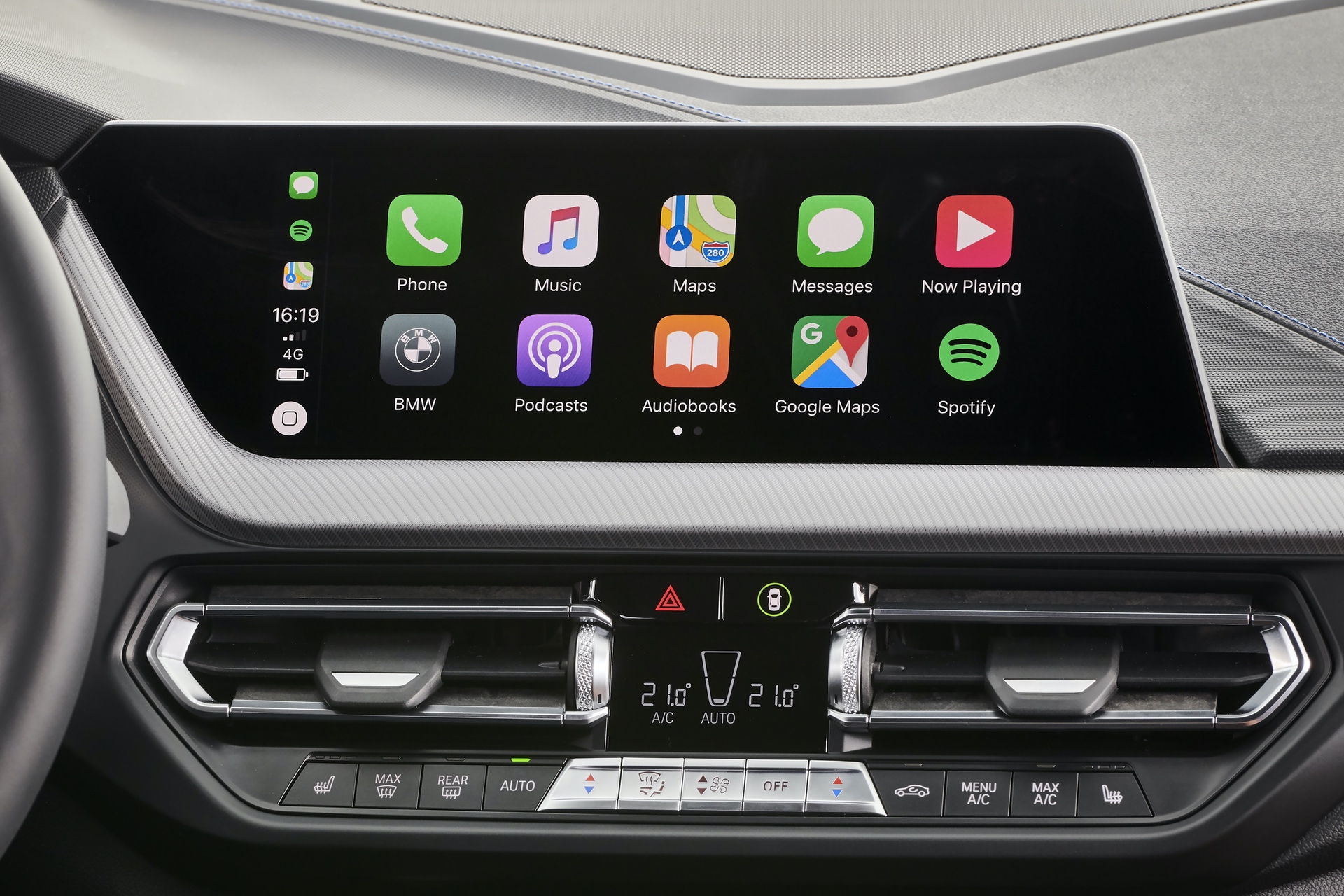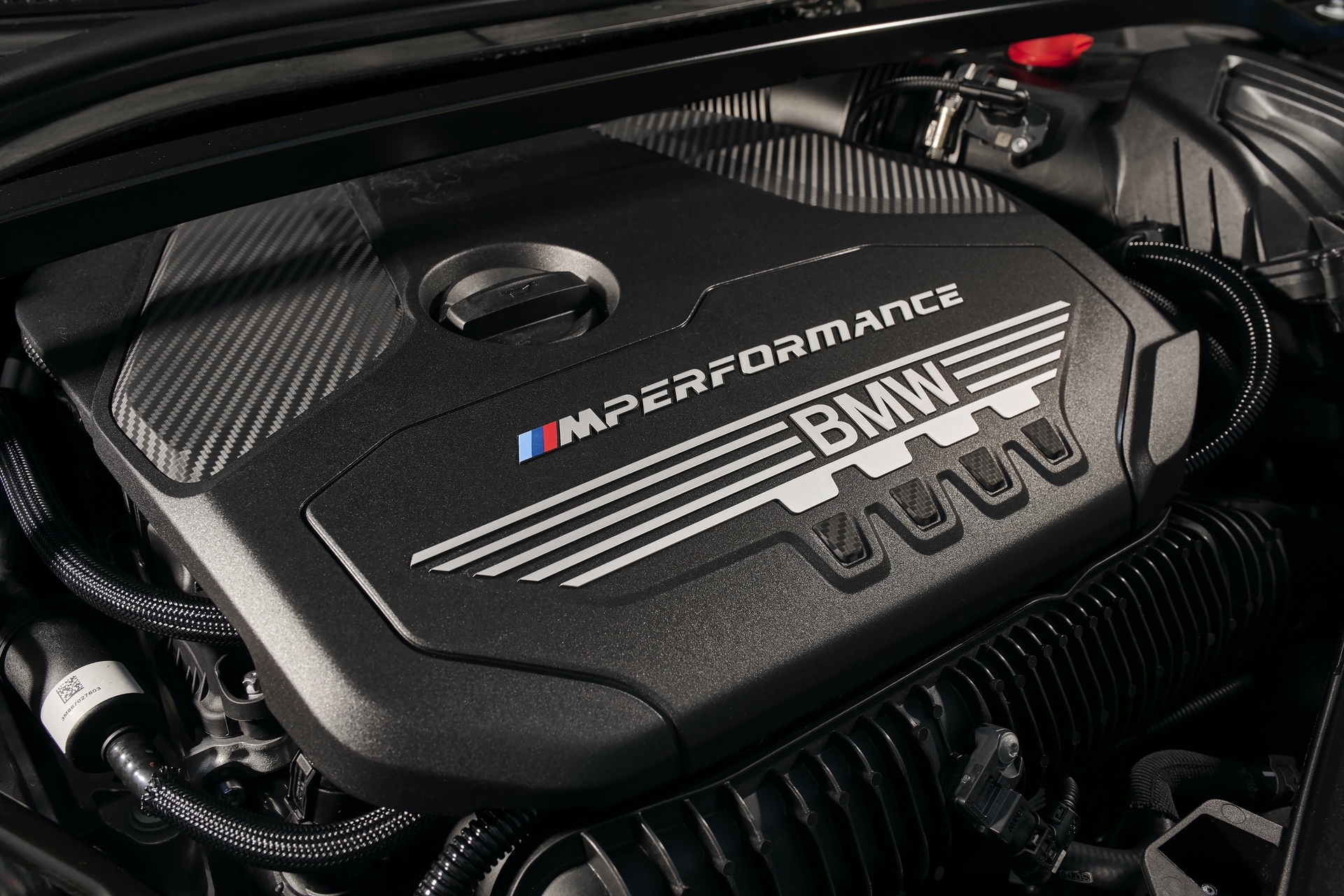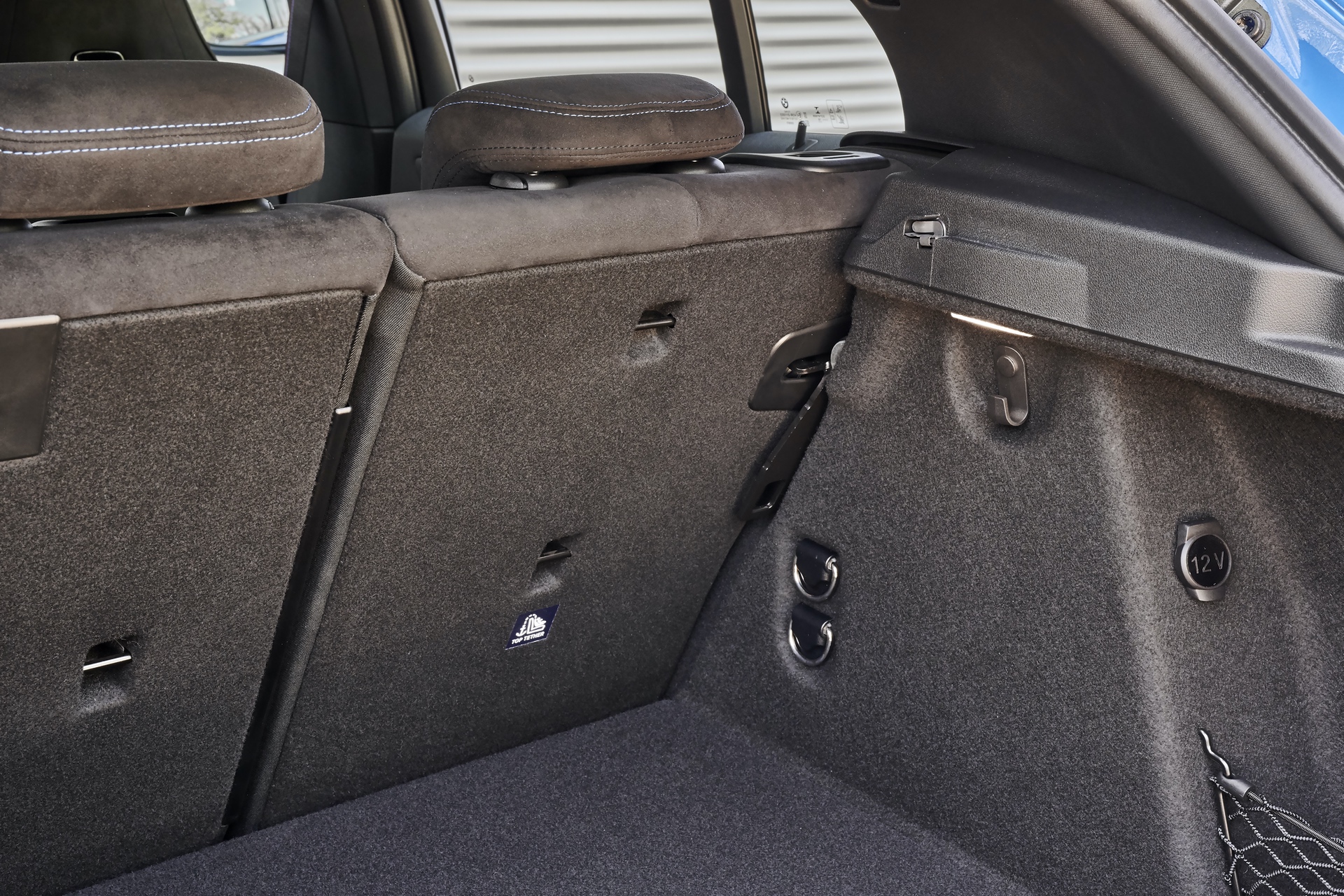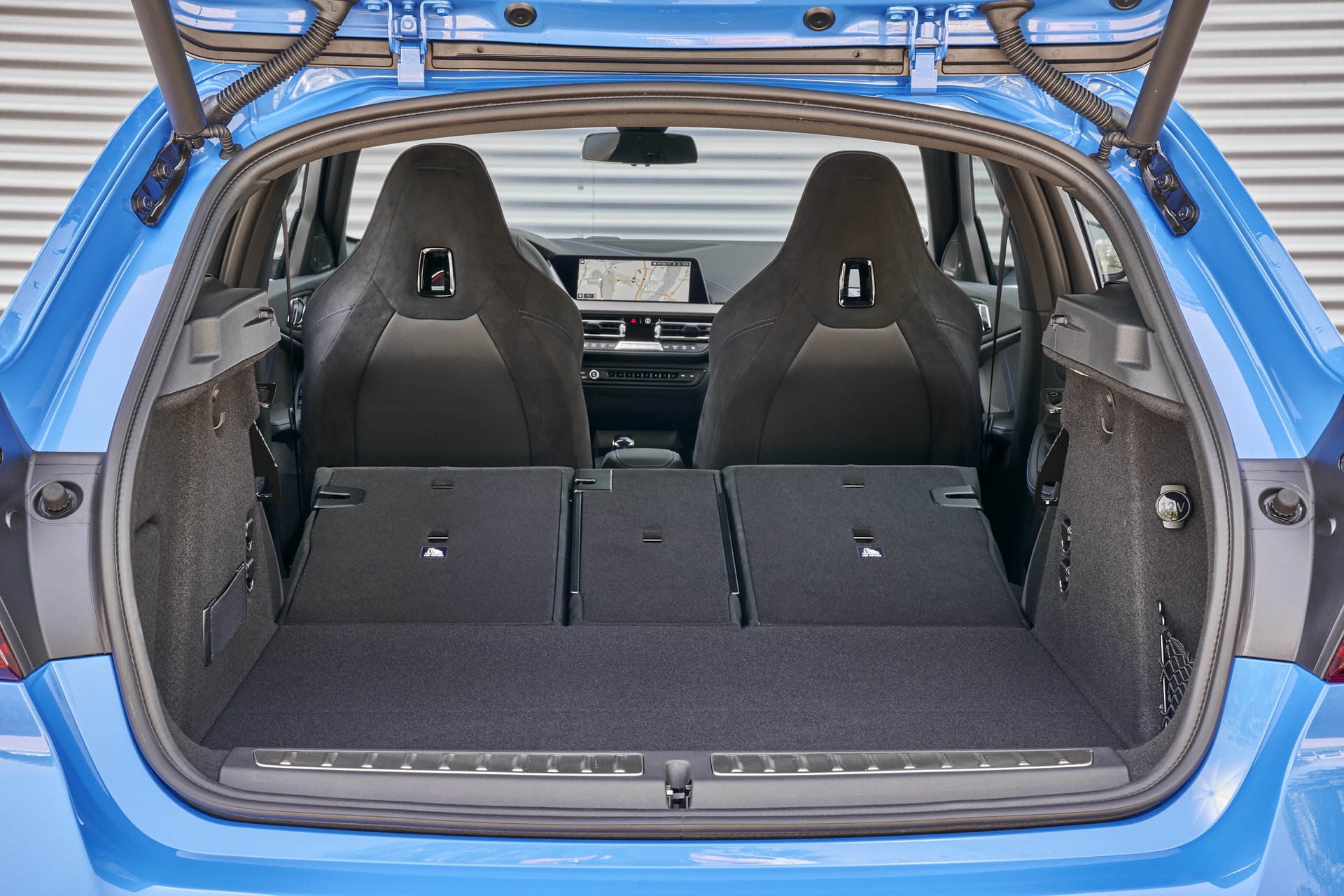Ever since BMW acknowledged the switch to a front-wheel drive platform for its highly popular 1 Series, the change has been met with criticism and it has polarized most conversations. The advantages of the new platform were clear: more space inside the 1 Series for passengers and cargo, and lower manufacturing costs. The cons were also clear: losing its street credit in the segment as the last rear-wheel drive premium compact car and a unique design.
But over the last few months, BMW has promised us that all those things will be forgotten once we get behind the wheel. To put their money where their mouth is BMW gave us the reigns of two new 1 Series models – the 118d hatchback and the top model M135i xDrive.
The Switch To Front-Wheel Drive
According to BMW folks, most of their customers are not stuck on the front vs. rear-wheel drive approach and what they care about most are increased utility in their 1 Series and a higher quality cabin. So clearly, a lot of work has gone into the design and engineering of the F40 1 Series.
The changeover to the BMW front-wheel-drive architecture is reflected in the new proportions of the all-new BMW 1 Series. The bonnet is now shorter since the engine bay only needs to accommodate 3 and 4-cylinder engine, while the rear design gets a longer roofline.
At 4,319 millimeters, the new BMW 1 Series is five millimeters shorter than its predecessor. In terms of width (now 1,799 millimetres), this third-generation model has grown by 34 millimeters while its height (1,434 mm) has increased by 13 millimeters. At 2,670 millimeters, the wheelbase is 20 millimeters shorter than that of the predecessor model.
The Design
Design wise, the new 1 Series Hatchback comes with a new face. The characteristic BMW kidney grille is larger and merge in the middle, inline with the recent design language from BMW. The 1 Series M Performance Automobile – the BMW M135i xDrive – stands out with a distinctive kidney grille whose pronounced mesh design replaces the classical bars. Another distinguishing feature of the M135i xDrive is the additional insert fitted in each of the outer air intakes.
BMW designers also worked hard to give the new 1 Series a shark-nose, a trait of past BMW models, as well as still offering the traditional Hofmeister Kink in the C-pillar. L-shapped taillights can be found in the back with full-LED lights as an option.
Overall, the design reminds us of a smaller crossover, but with the benefits of a compact and sporty hatchback.
ARB – More Than Just A Gimmick
Yet, the story is centering on the drivetrain. The base platform in the M135i xDrive is of the second generation UKL (now FAAR), but the power is sent to four corners via the BMW’s xDrive system. To achieve a driving experience close to the RWD M140i, the engineers in Munich created a boomerang-shaped cross-brace in the rear-end of the front-drive hatch that increases the driving dynamics. The idea behind this boomerang was also to remove the understeer specific to front-wheel drive cars and provide neutral handling.
Additional engineering was needed though and that came in the form of the ARB – short for actuator contiguous wheel slip limitation – which was first seen in the i3s. This wheel slip control system is mounted in the engine control unit, which allows information to travel faster than before. BMW estimates this system can work 10 times faster than a traditional one and, as a result, can more accurately adjust the power delivery as needed.
The benefit is further limiting of power understeer.
Under the hood, the M135i xDrive uses the most powerful four-cylinder engine, extracting 225 kW (306 hp) from its 2.0-liter displacement between 5,000 and 6,250 rpm. Its peak torque of 450 Nm (332 lb-ft) comes on stream at 1,750 rpm and stays there up to 4,500 rpm. The flagship model races to 100 km/h (62 mph) from rest in just 4.8 seconds (4.7 seconds with M Performance package, available from 11/2019), while top speed is limited to 250 km/h (155 mph).
The fuel consumption is rated at 7.1 – 6.8 liters of fuel per 100 kilometers.
All the power is sent to the four wheels via an eight-speed Steptronic transmission.
The weight distribution in the new M135i xDrive is also different than its predecessor. While the rear-wheel driven 1er had a near perfect 50-50 balance, the high performance 1 Series has a 58-42 weight distribution. Clearly that will have an impact on the driving experience.
The Driving Experience
Which brings me to the next topic. To sample the new M135i xDrive, BMW setup a test loop around Munich which took us both on the Autobahn and on backroads. Luckily for us, we were also greeted with some heavy rain towards the end of our drive which offered us the opportunity to truly test car.
The ride kicked off on the infamous German Autobahn which for us, the Americans, it’s like Candyland. Since we’re on the America topic, the 1 Series will NOT come on this side of the ocean, yet BMW felt that it was important for us to have a global view of their products and share our thoughts with the rest of the world.
On the fast German highway, the M135i xDrive is effortless, as you’d expect. The engine pulls hard and quickly, and the grip is always there. Shifting is smooth and precise, and it’s still our preferred choice in modern BMWs. The xDrive system with all the additional tech around it felt natural on straight lines, regardless of hard you tried to understeer the front axle. The only downside of the front-wheel drive architecture in daily driving is an increase of the turn radius from 10.9 to 11.5.
There is not much difference between the previous 1er and current generation when it comes to Autobahn driving, so customers won’t be disappointed with the new approach.
But to really push the ARB and all the other cool tech, we quickly jumped off the highway onto backroads that are abound in Germany. Running first in Comfort mode, the M135i xDrive is softer than in the higher tuned driving modes, yet still pleasing. There is now a higher gap between Comfort and Sport, and that’s by design, according to BMW engineers.
Going up to Sport Standard or Sport Individual, the car becomes more agile and ready to please. You can feel the ARB system which constantly analyzes the grip and aligns it with the driver’s behavior. If you floor the gas pedal, the M135i delivers some understeer to the front wheels similar to what you’d experience with a happy tail rear-wheel drive model. But the ARB quickly kicks in and just a few tenths of a second later, the unnecessary wheel spin is removed and adequate power is sent to the wheels in need for grip. Also, instead of braking when that behavior pops up, all you have to do is to apply some light power to get the grip needed.
It takes a while to get used to this, considering that the car has a lot of power from low rpms, and it tends to pull hard from the second gear. But once you trust the ARB system, you will fully trust your car as well and you can actually have some fun with that behavior.
Is it as fun as the rear-wheel drive M140i? Depends who you ask and how you look at it. If you’re a MINI owner, you will absolutely enjoy the new 1 Series and what it brings to the table. If you have never driven a 1 Series before, then you will also be overwhelmed by the joy of driving the M135i xDrive.
But, if you’re familiar with the M140i xDrive and its fantastic driving experience, then you will feel the difference in driving dynamics. Most of us have been spoiled by RWD BMW cars for years and it’s hard to let go of them – for a good reason. Yet you have to admire the engineering that went into this new 1 Series and it will be interesting to see how it does in a comparison test with its competitors.
In corners and in Sport mode, the M135i is simply fun to drive. It pulls hard and quick, the suspension is extremely tight and the steering is actually quite good and responsive – haven’t felt any dead spots. Shifting is even more precise and the. power is perfectly matched to the driving situation, so all you have to do is trust the car even more and have some fun.
Based on the car’s angle of attack in some tight corners, you might even get a bit of a wheel spin in the rear, enough to let you have some fun.
Heavy rain is now upon us and we can further test the car’s lateral acceleration and grip. We slowly push the car closer to its limits to test the xDrive system, and not surprisingly, it delivers! The M135i is firmly planted on the road, the grip is there exactly when needed, and it keeps the car in a neutral state without any shenanigans.
We can see why the all-wheel drive will be the preferred choice for many customers, especially in the high-end 1er.
Should I Buy One?
There are plenty of reasons why you should buy one, but as most of the time, there will be plenty of critics of the new model. The conversation will continue to revolve around the driving experience – when directly compared to the rear-wheel drive 1er – but the segment has clearly accepted front-wheel drive compact premium cars and some of them are already extremely successful.
It’s fair to say that the previous 1 Series and especially the M140i are some fantastic products engineered in Munich, but times are changing and we will eventually have to accept them and evolve. Luckily, BMW will not forget the purists and cars like the next 2 Series will continue to please us with their rear wheels.





